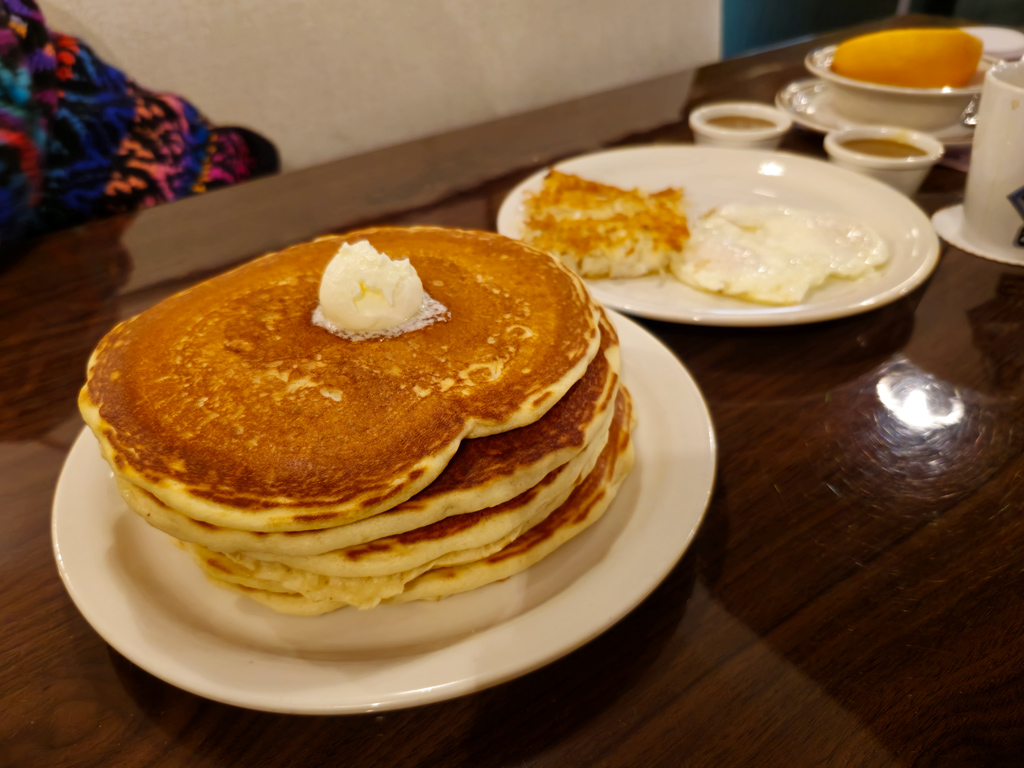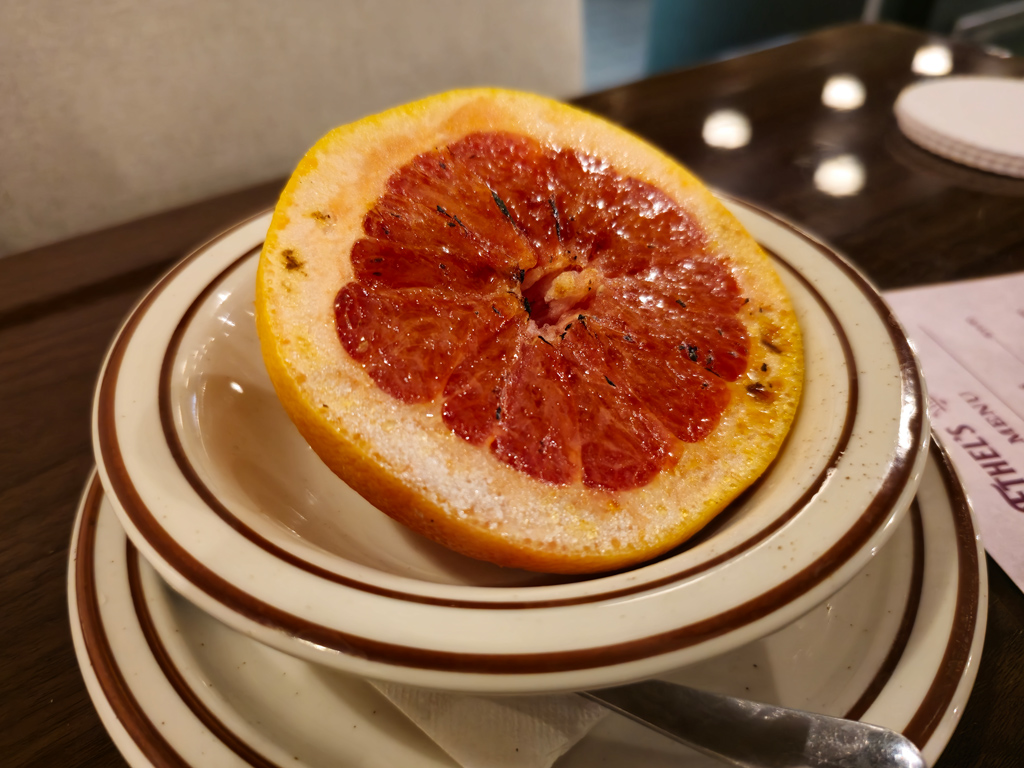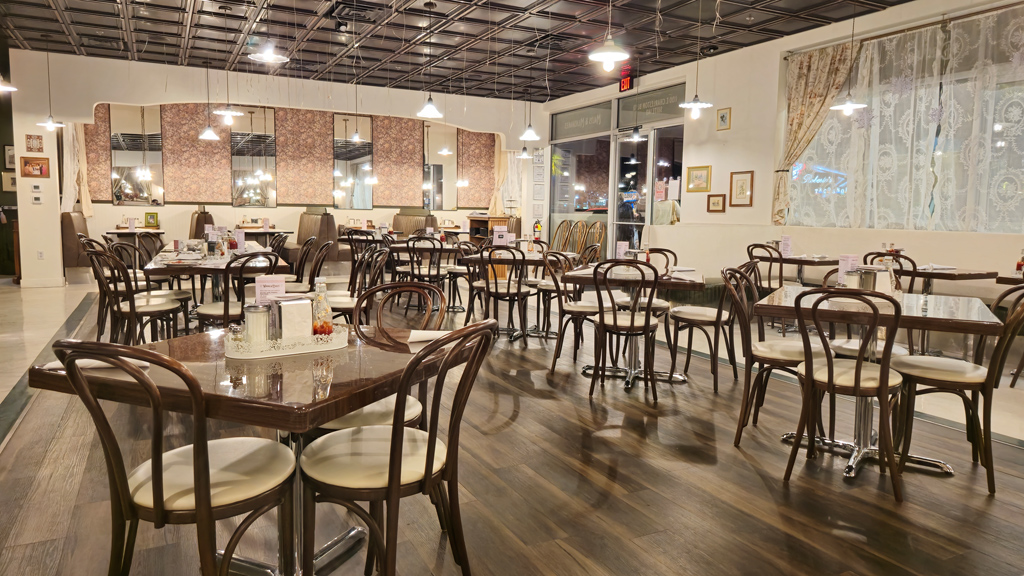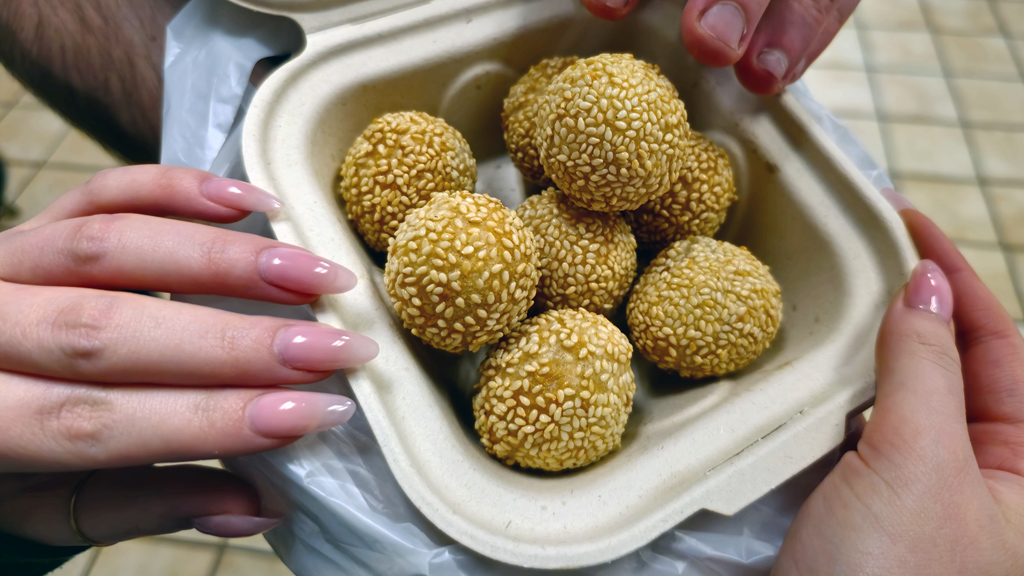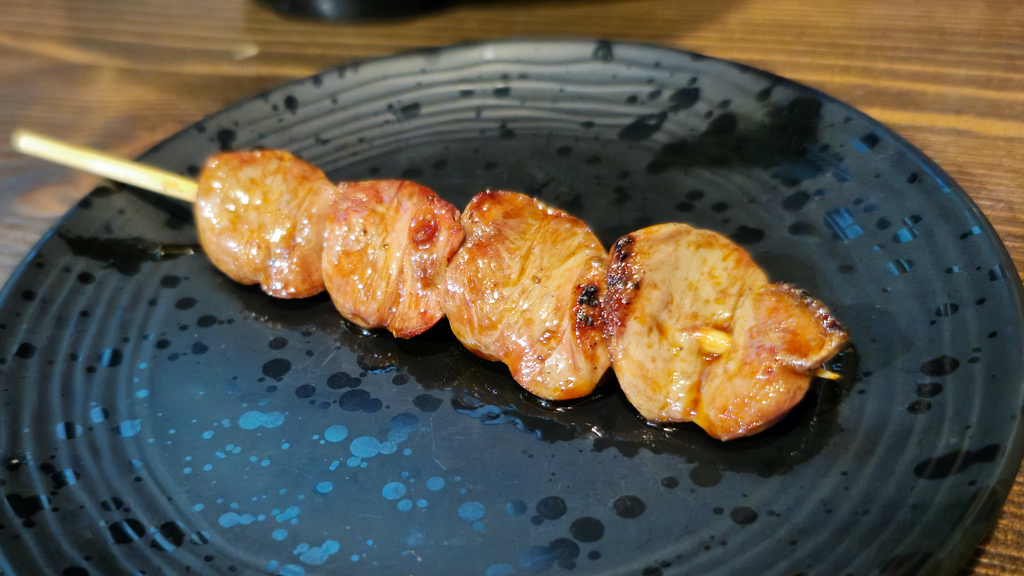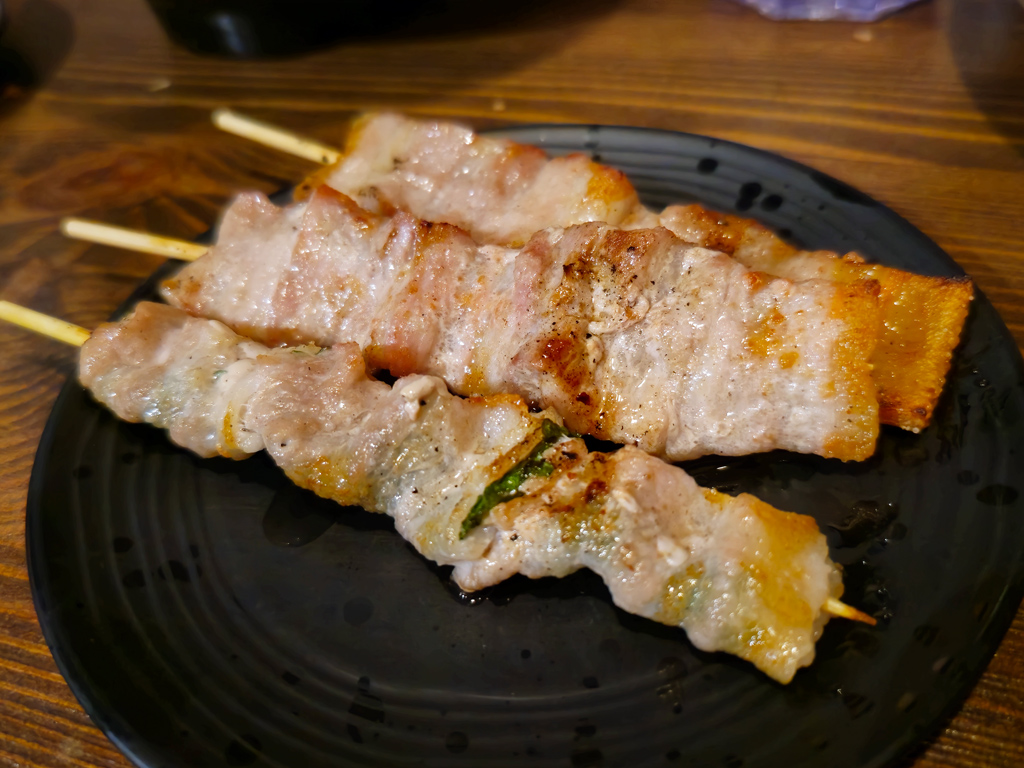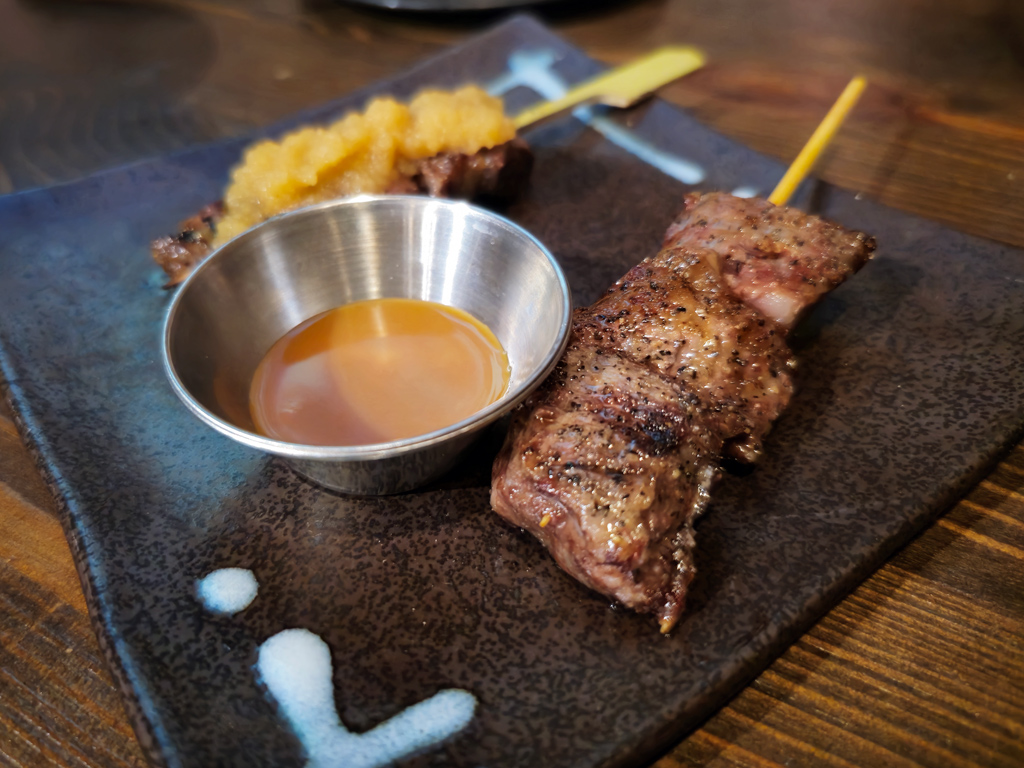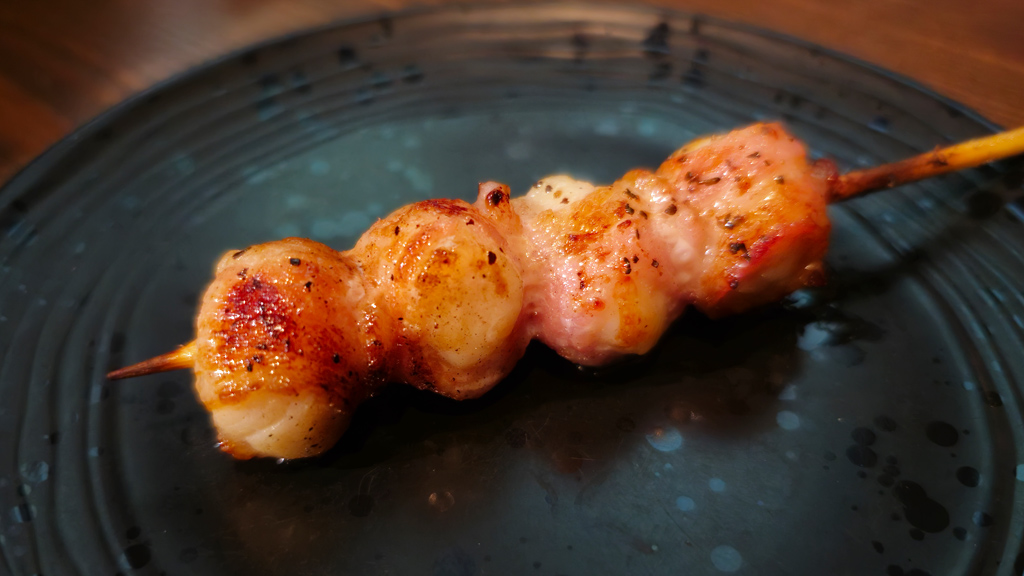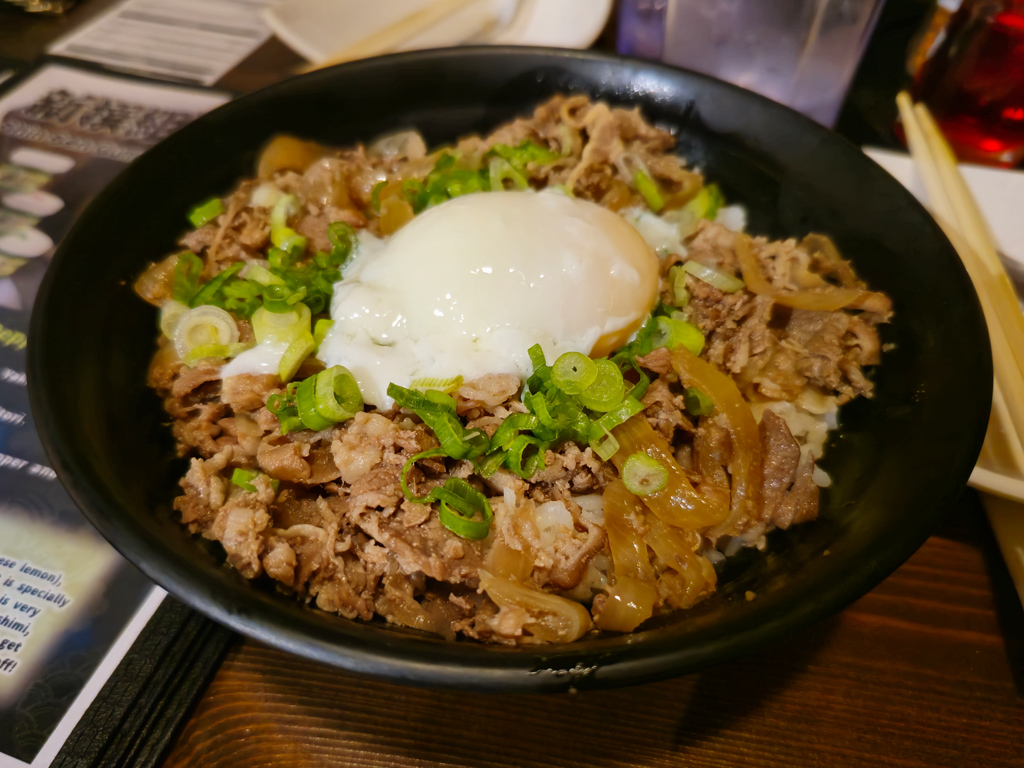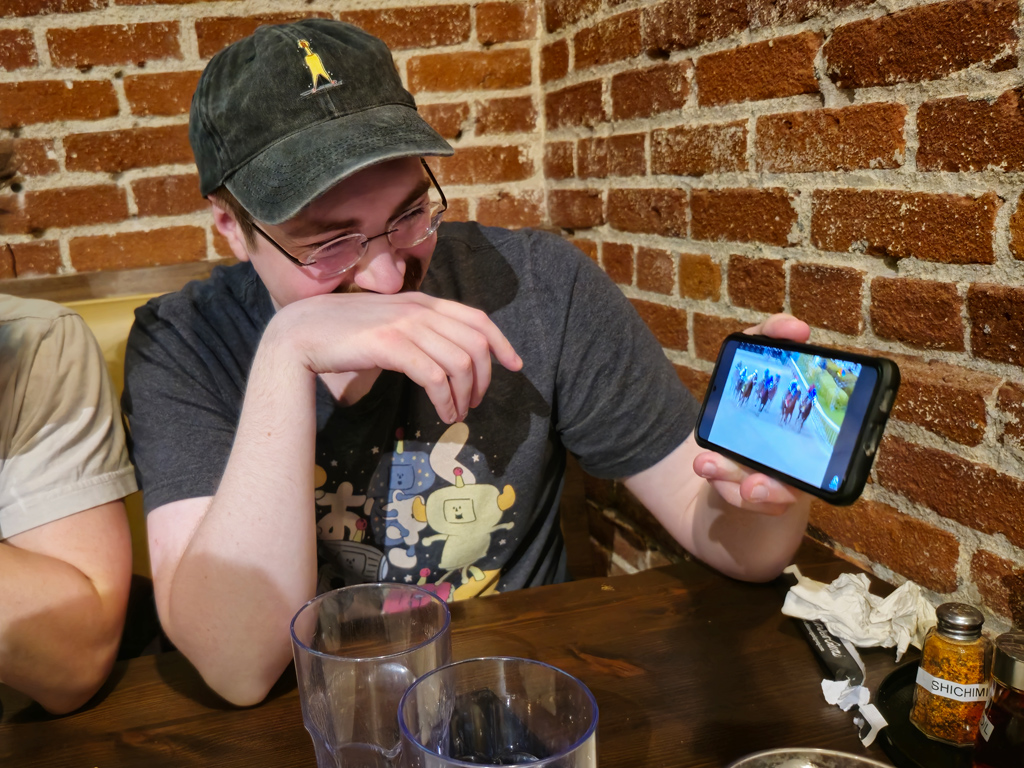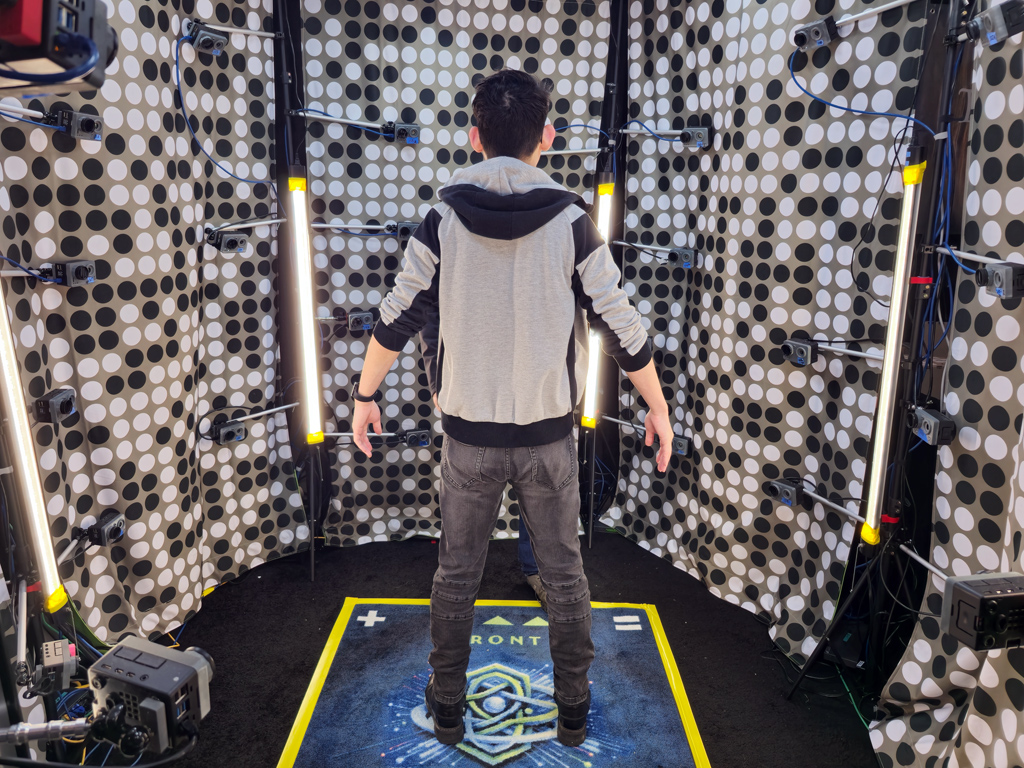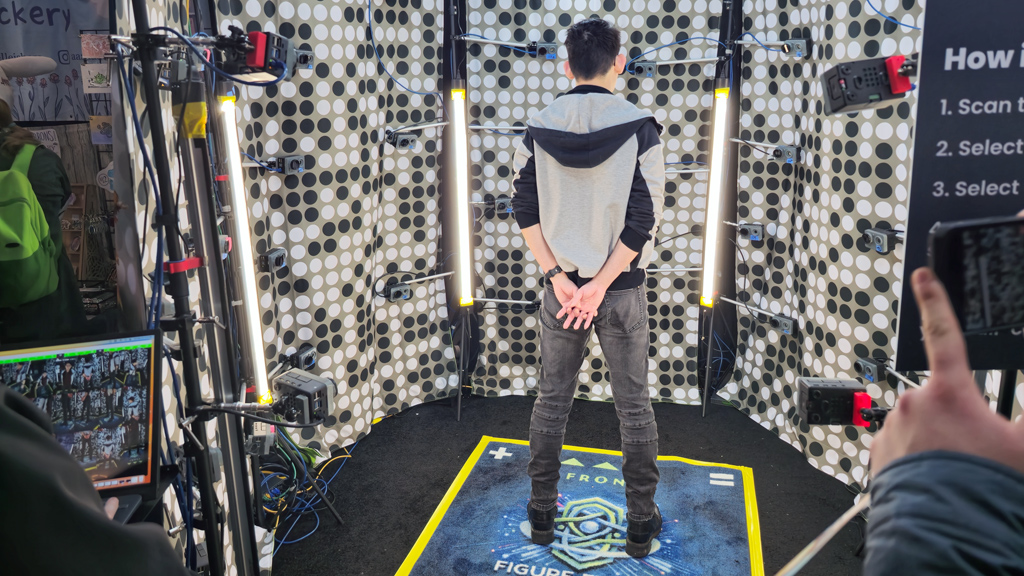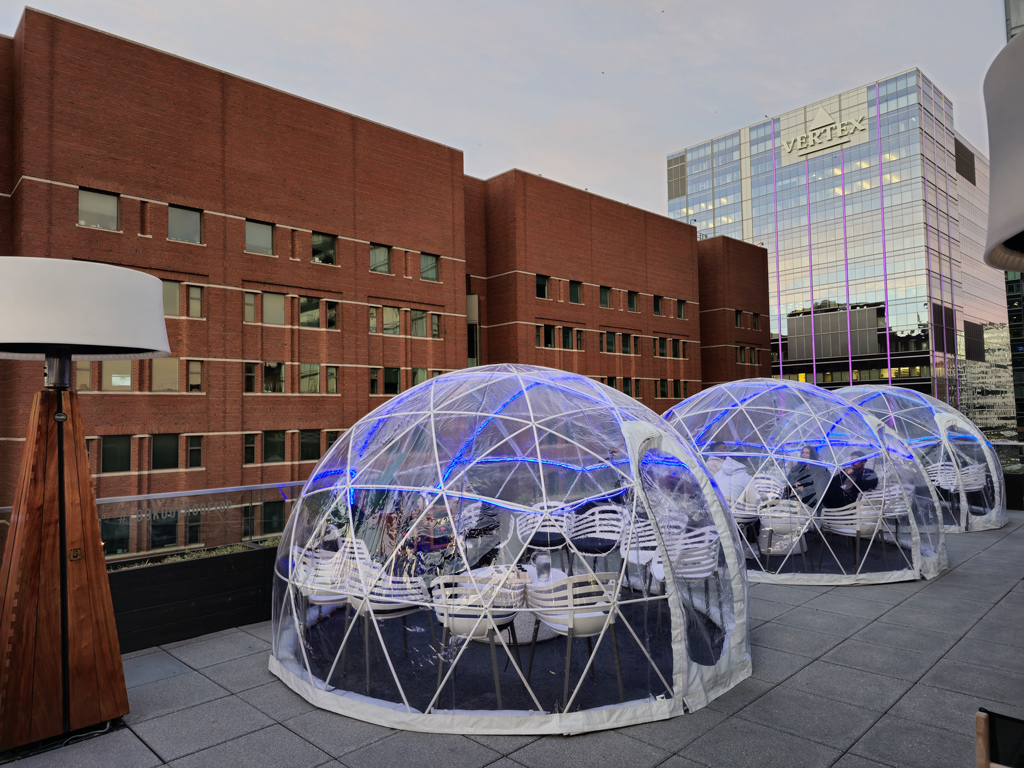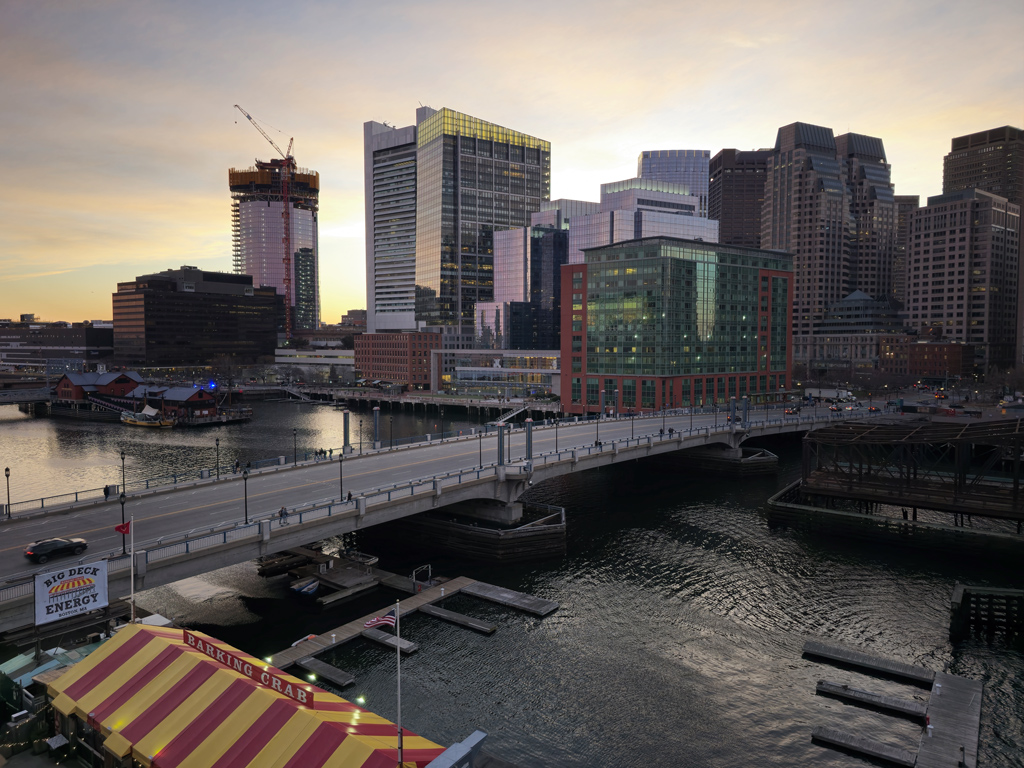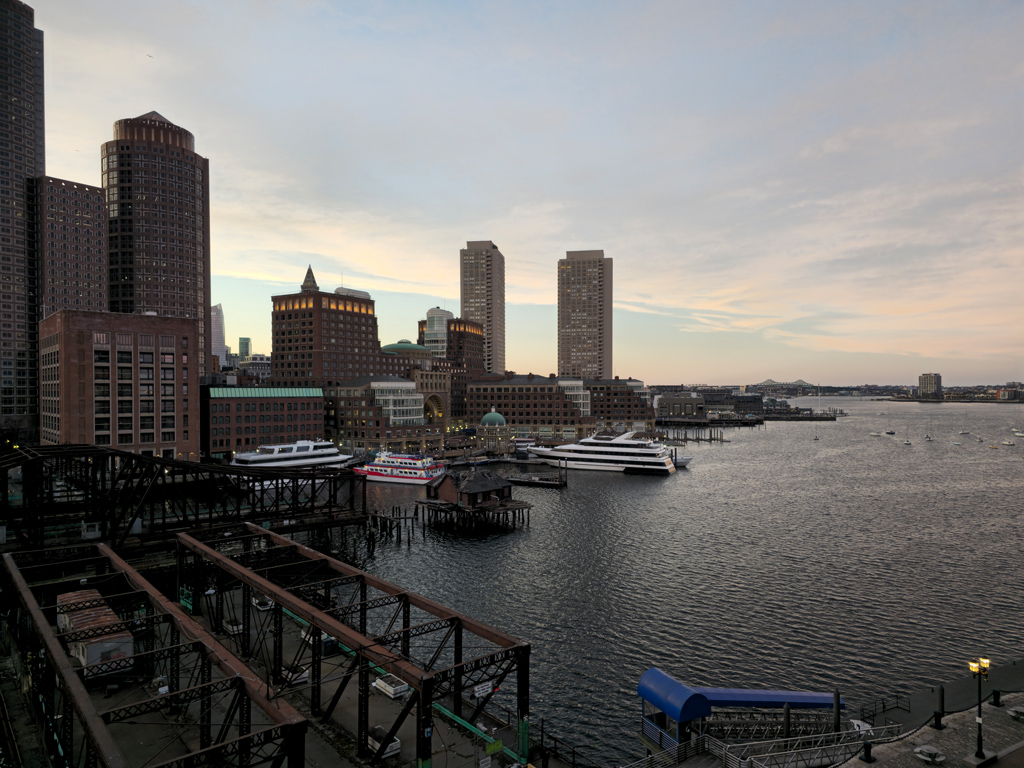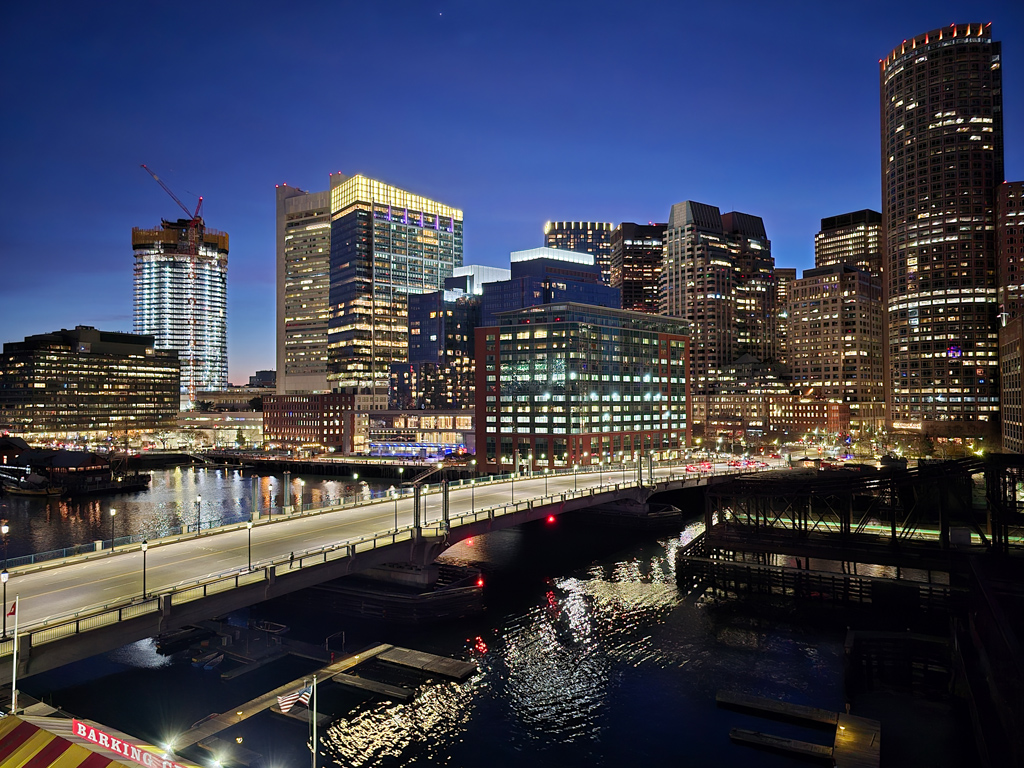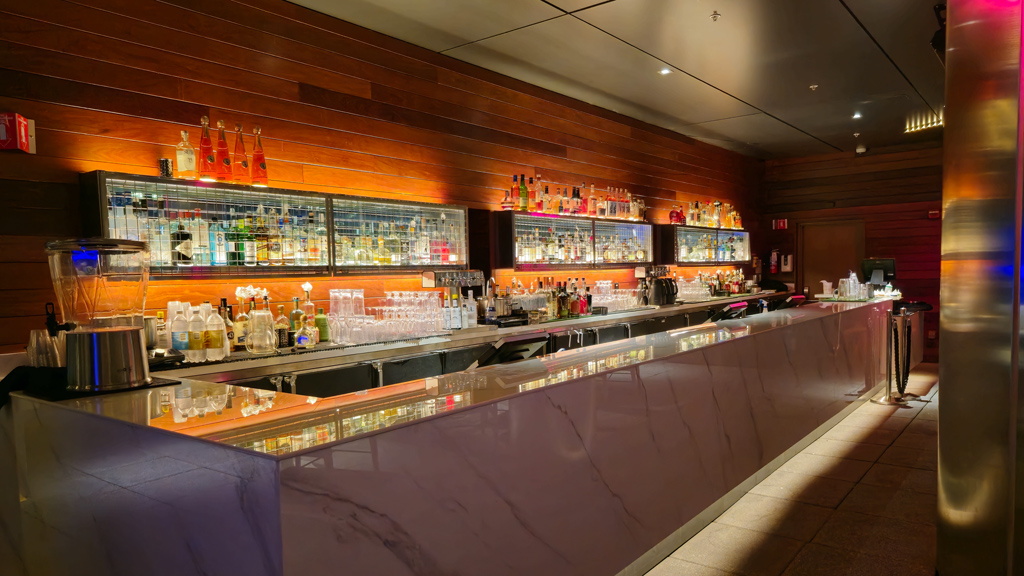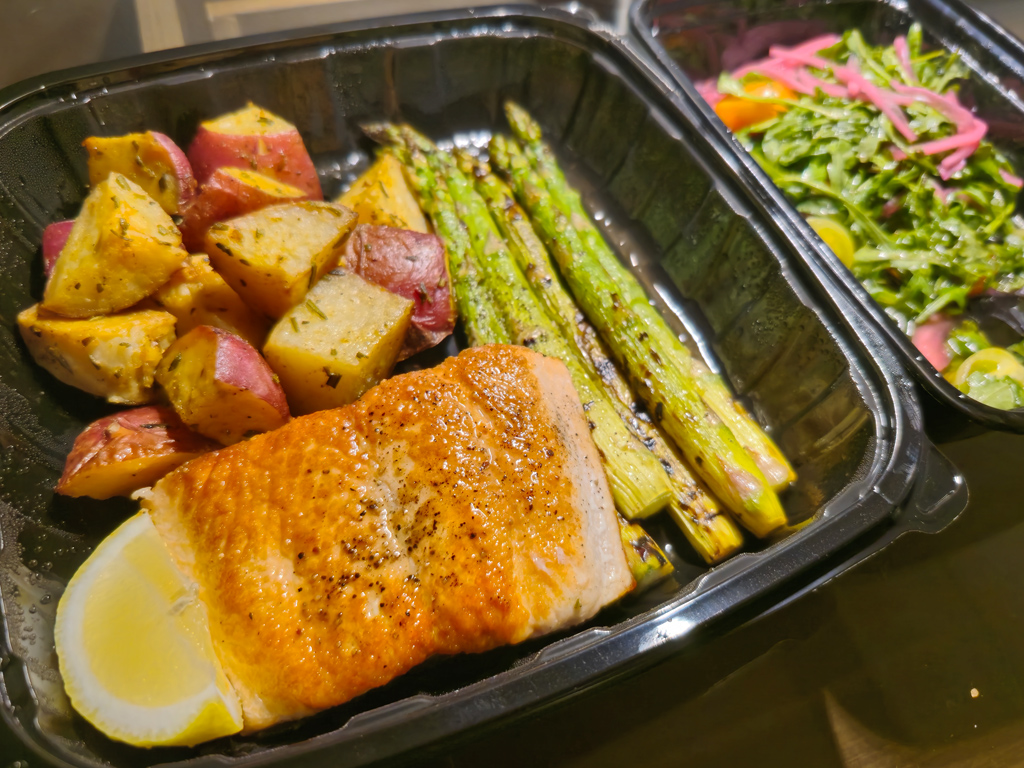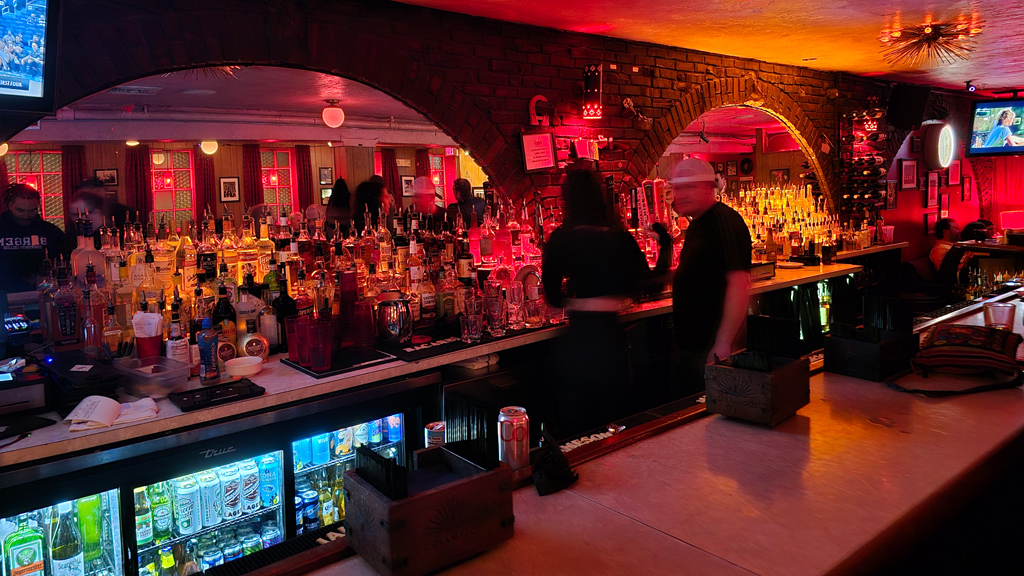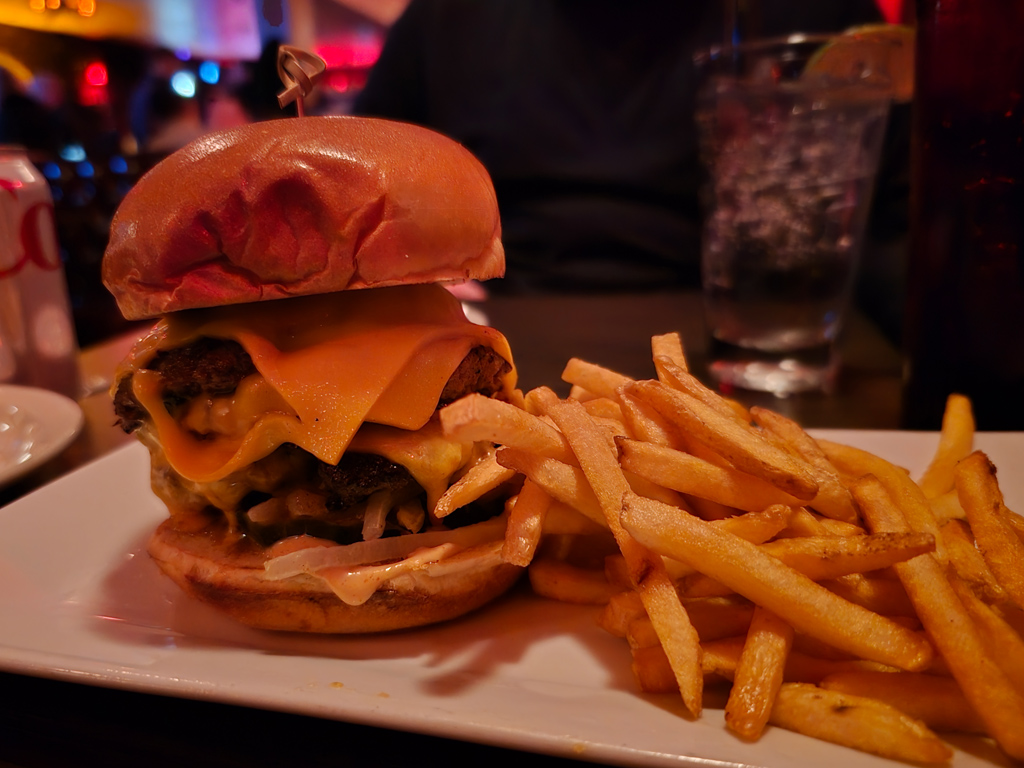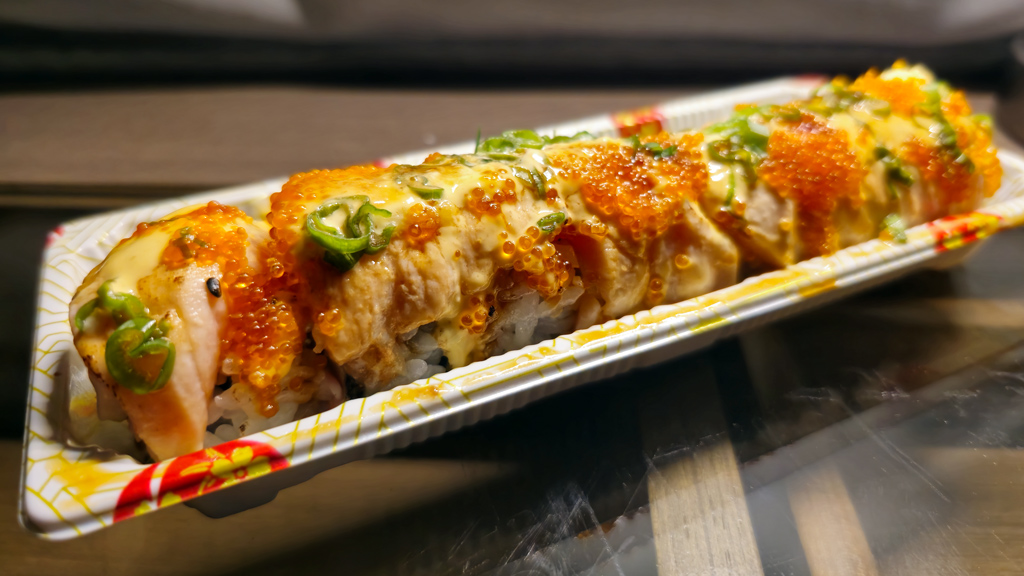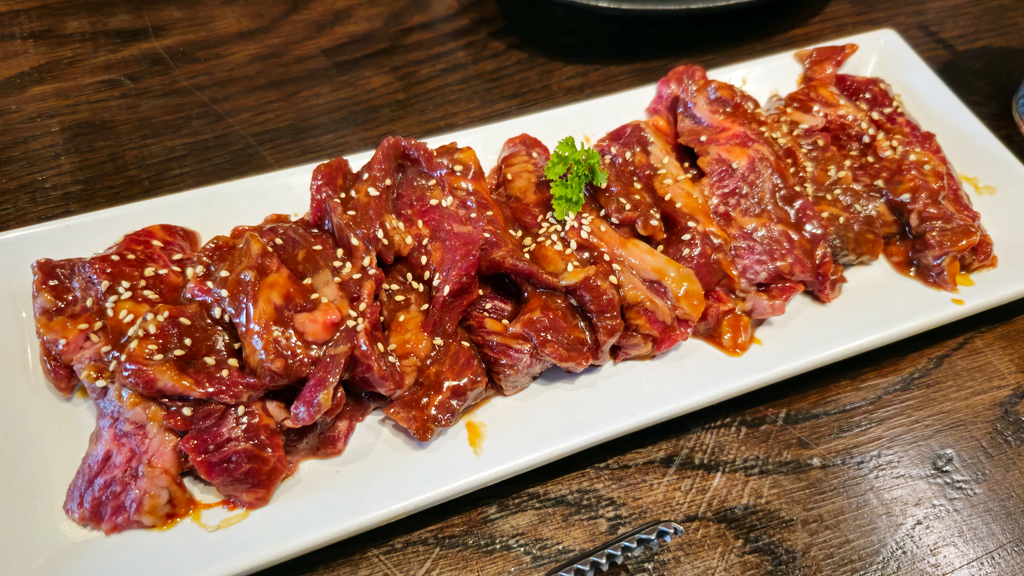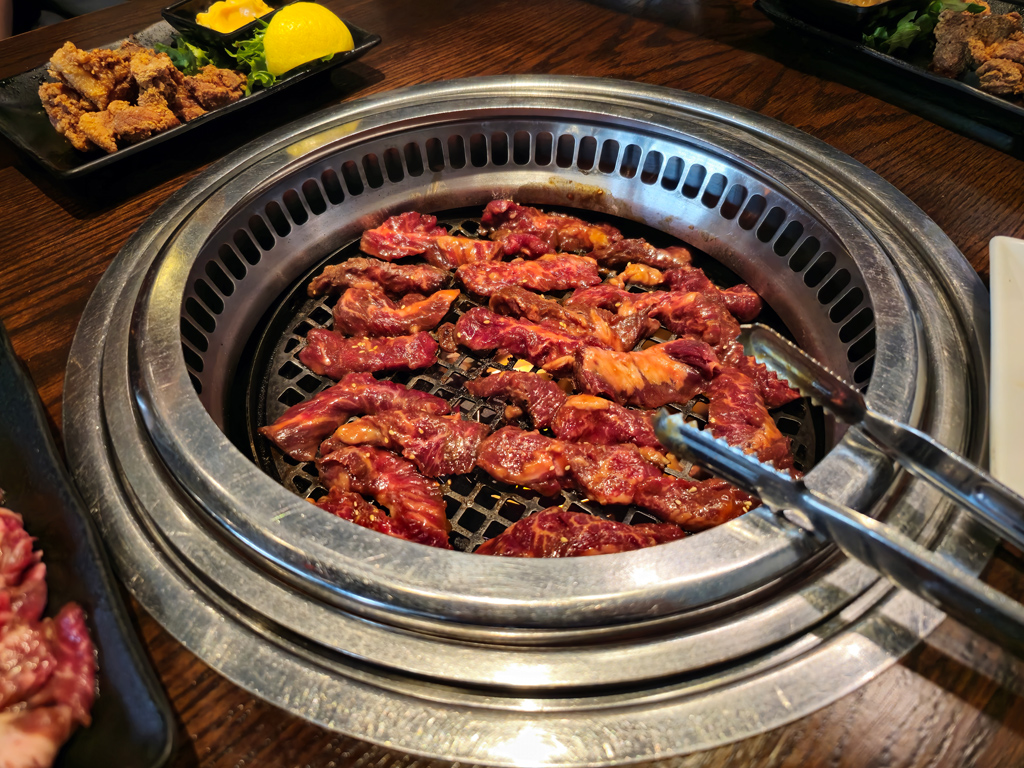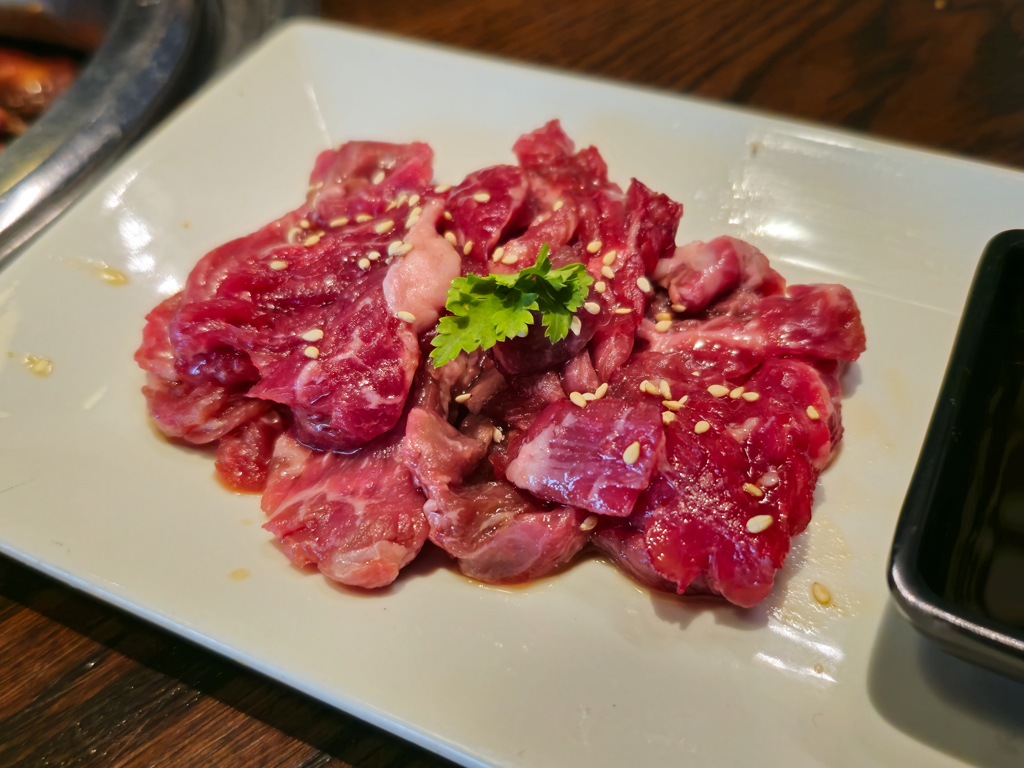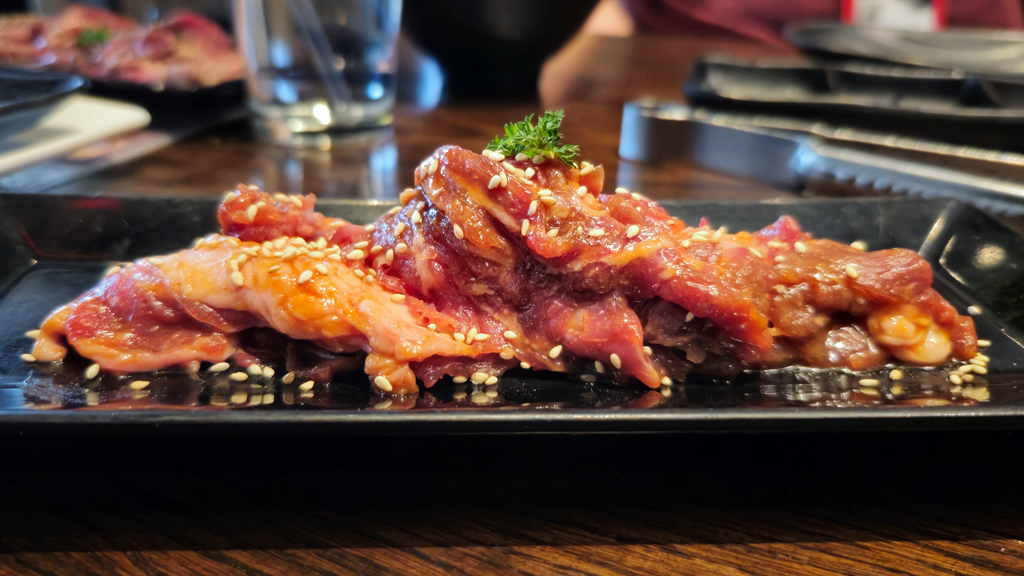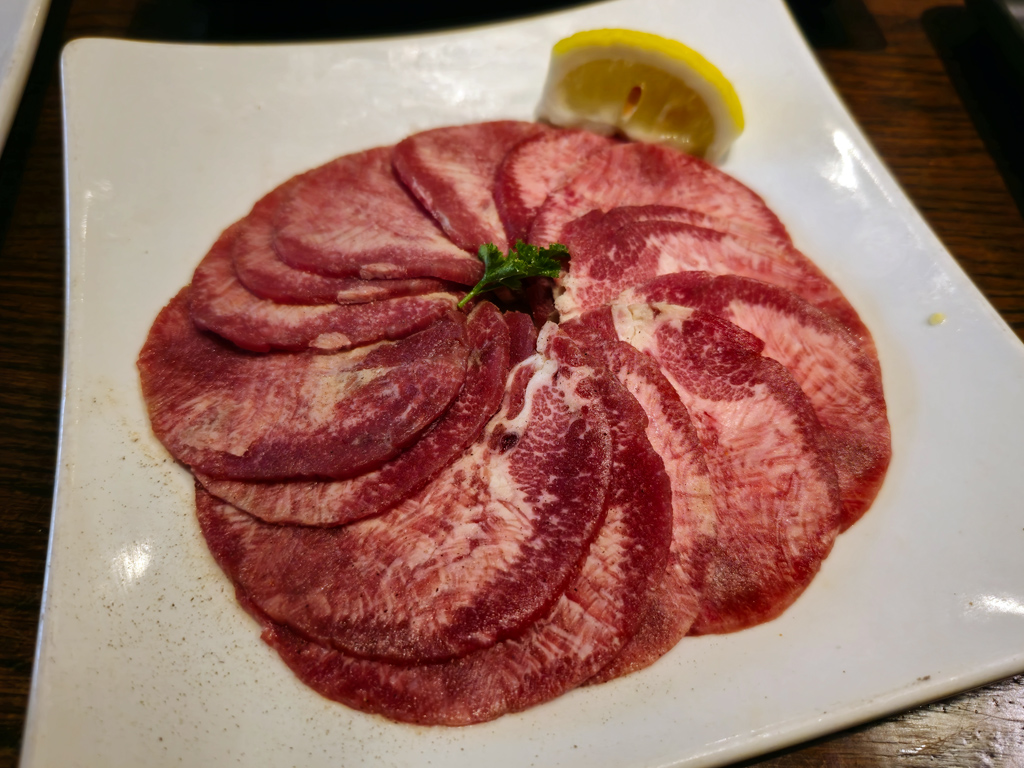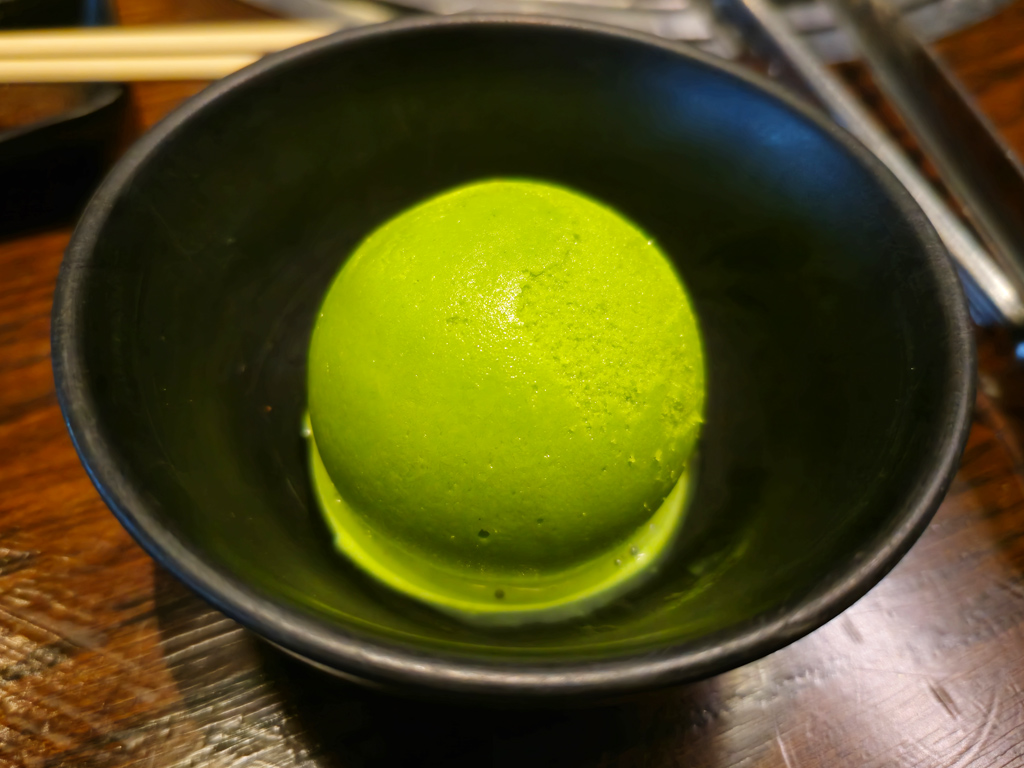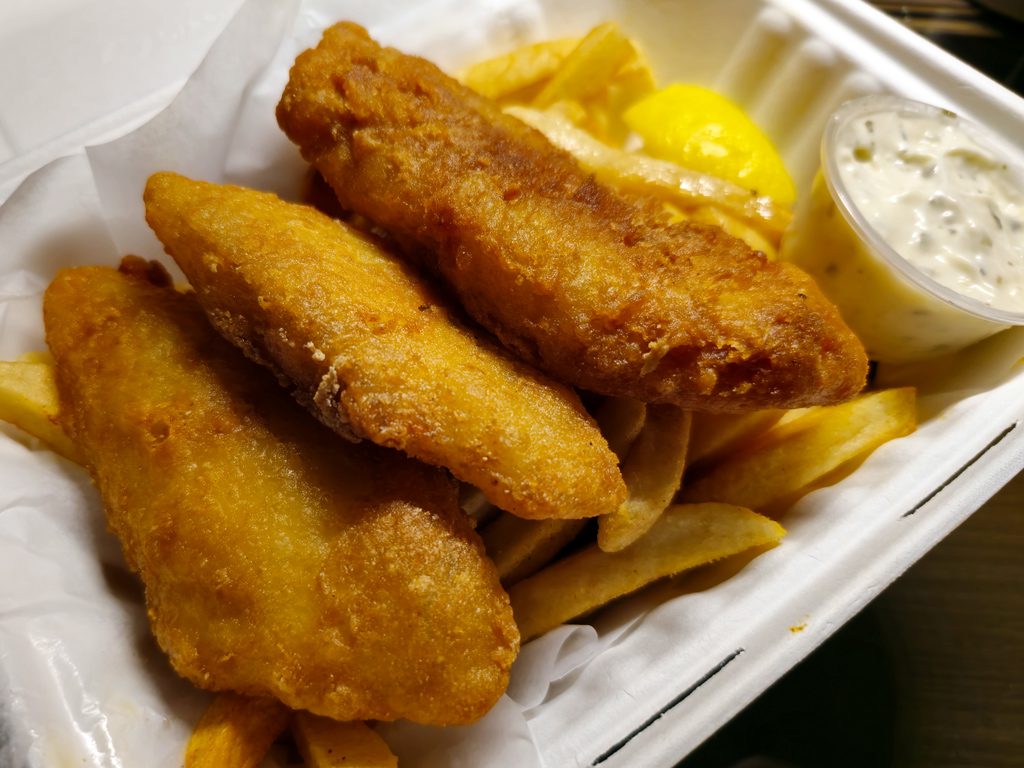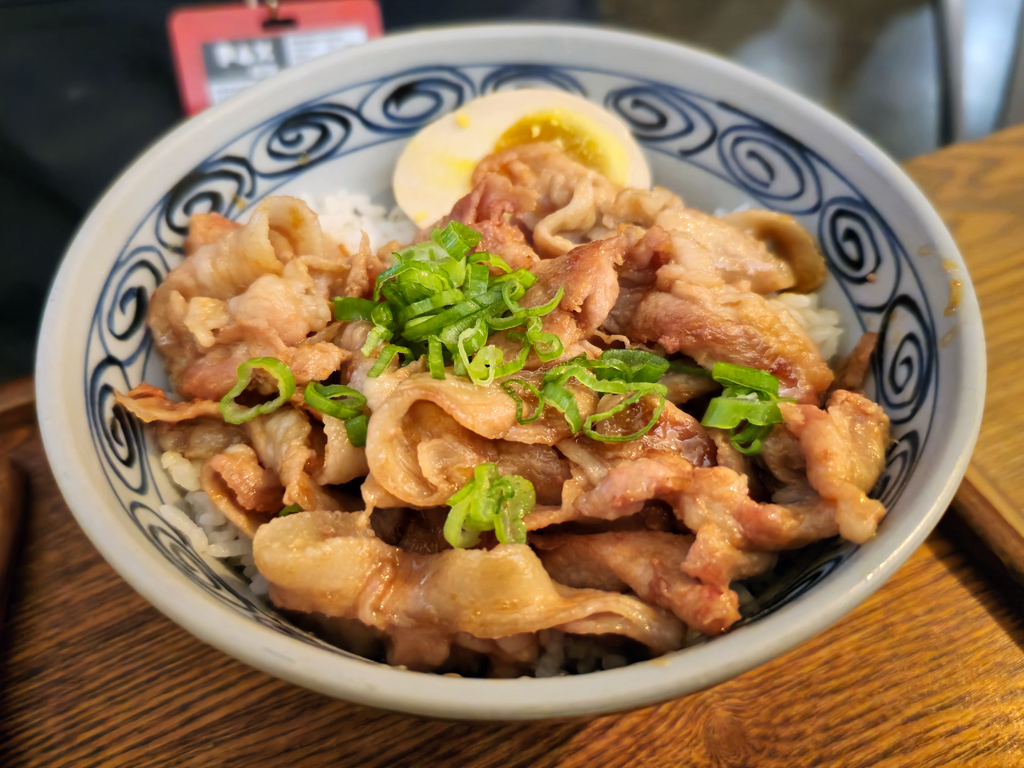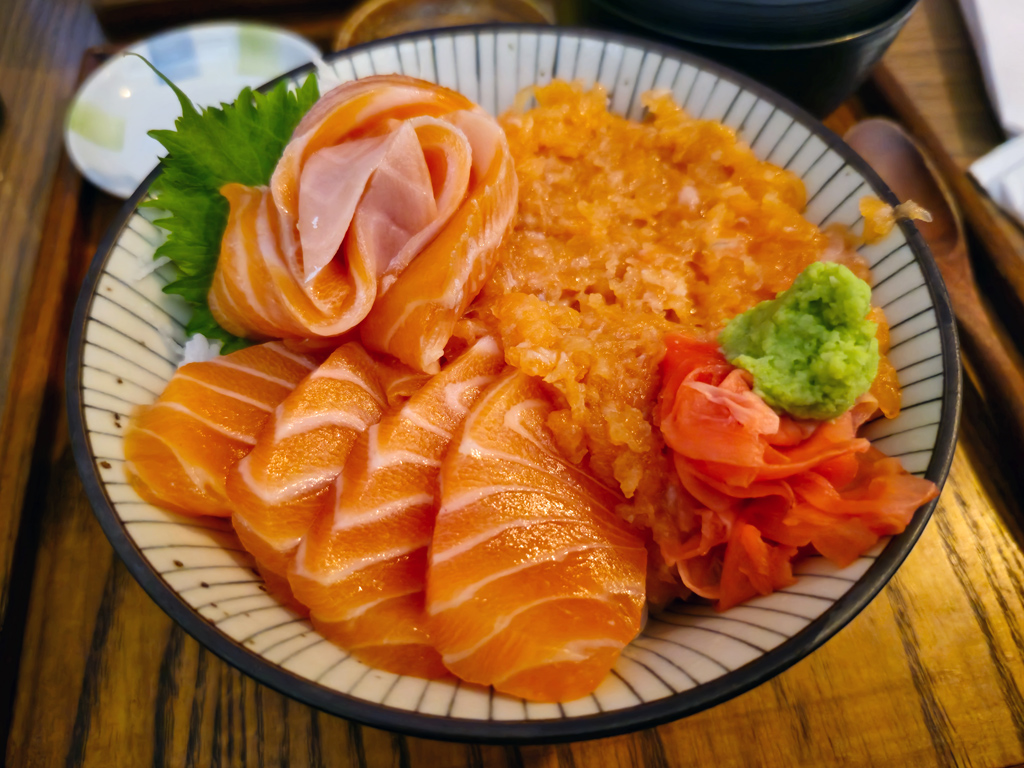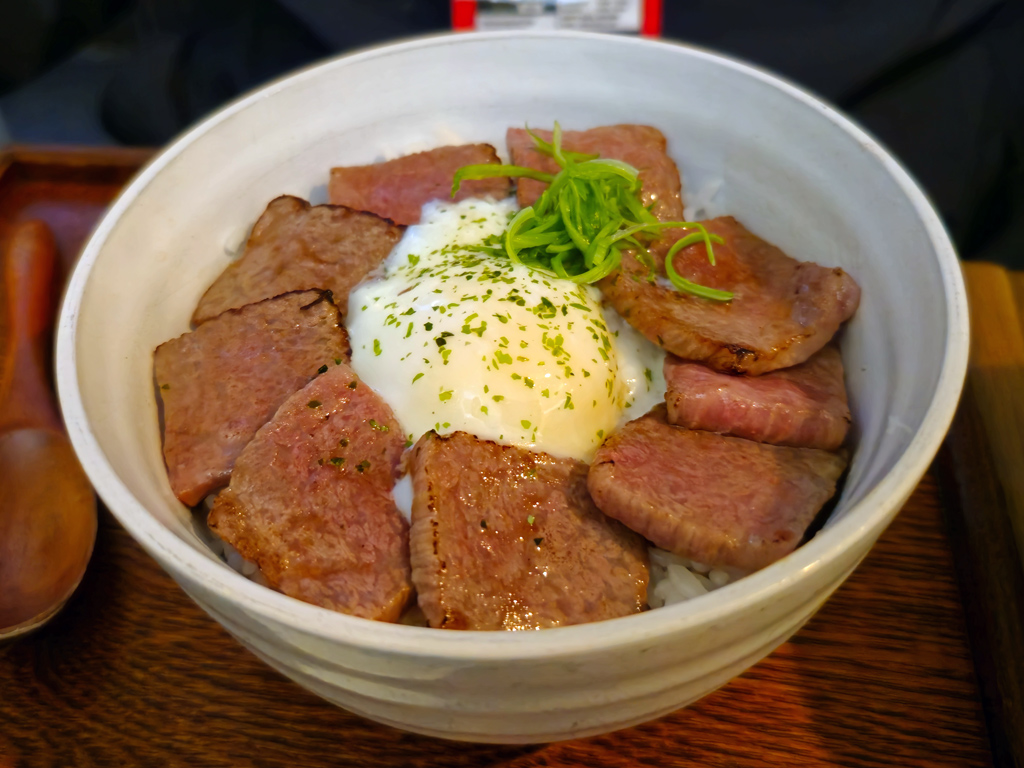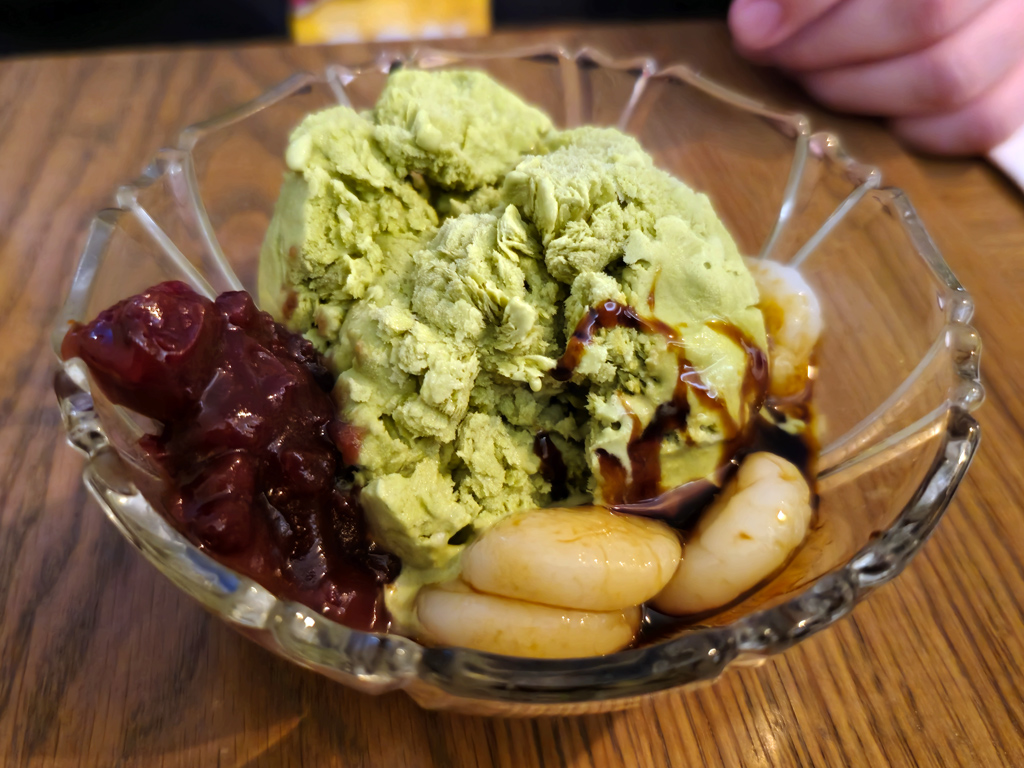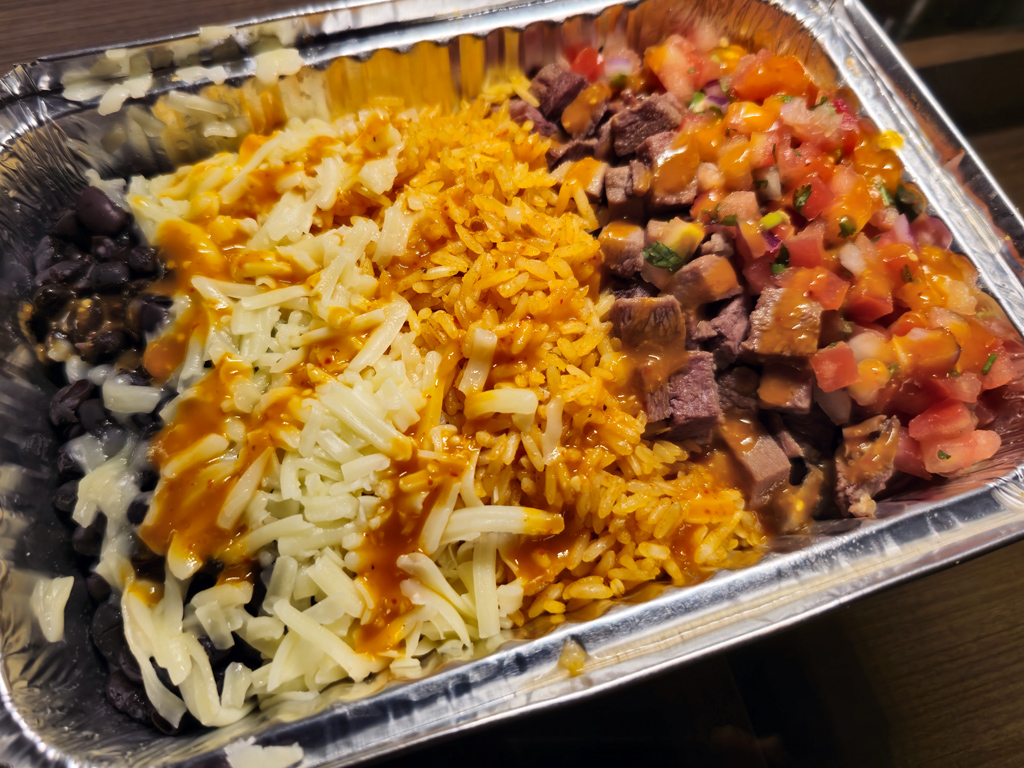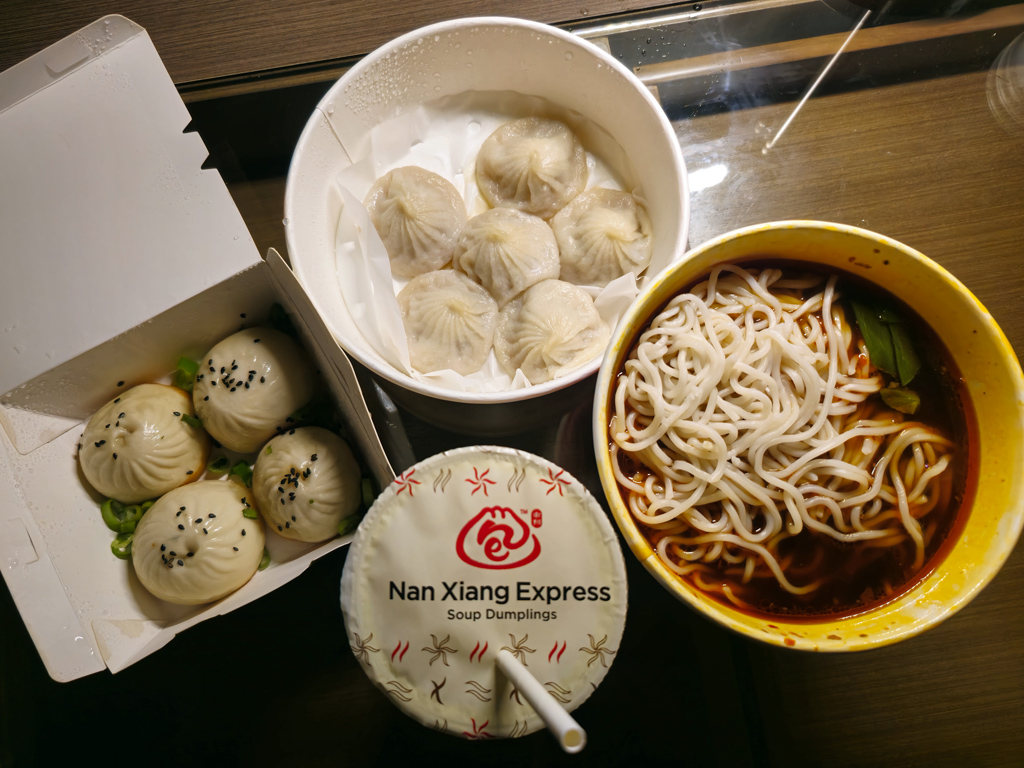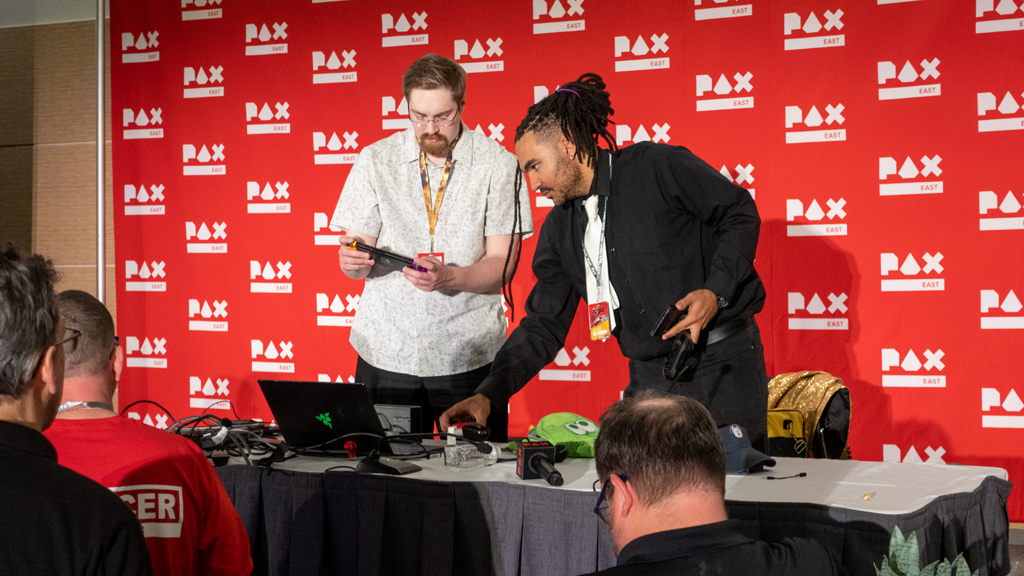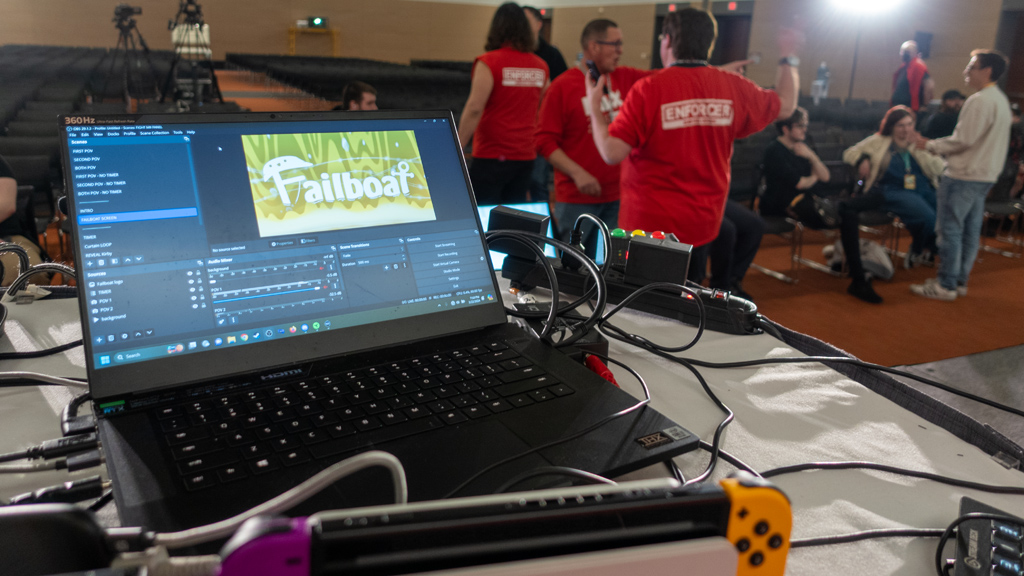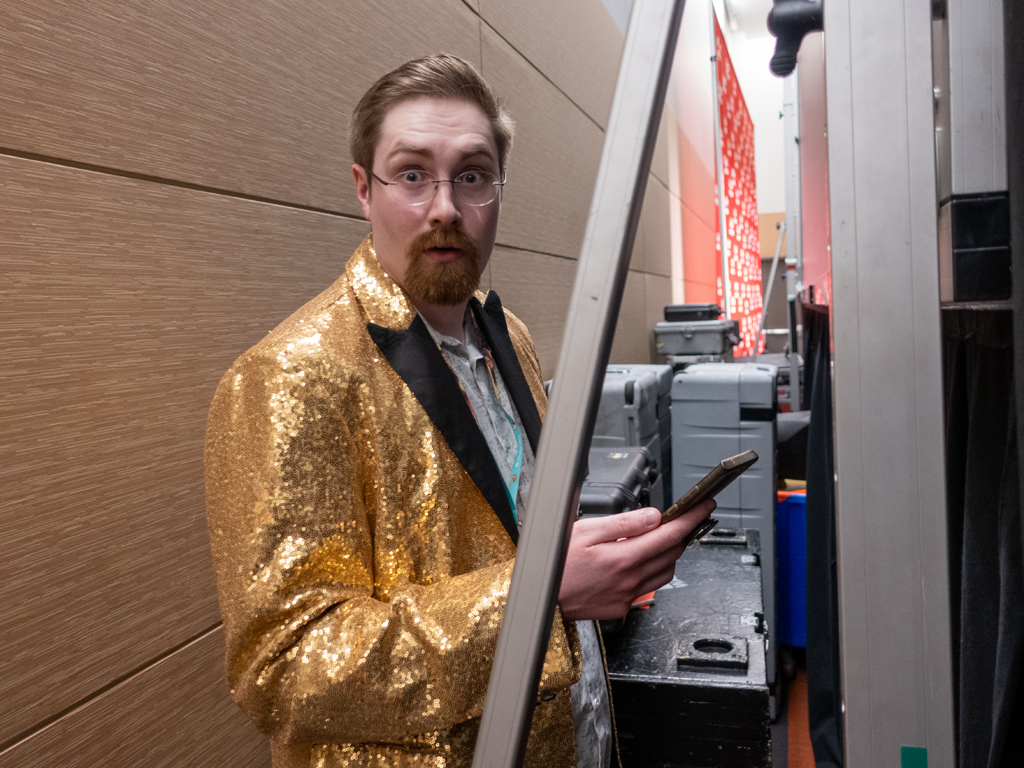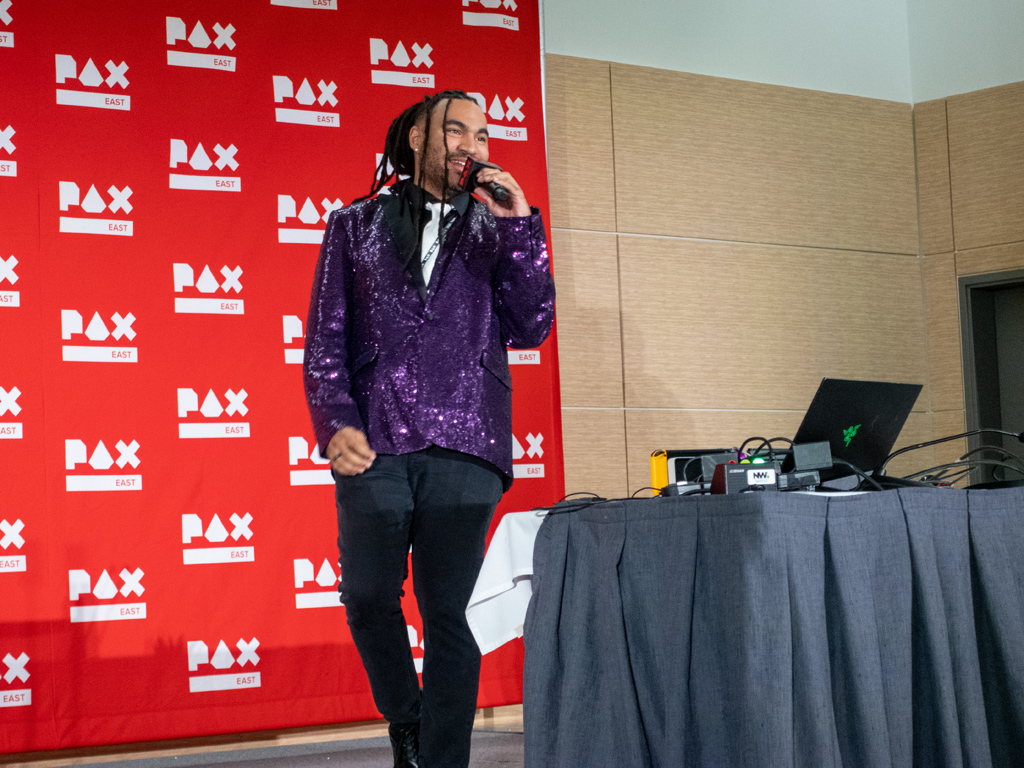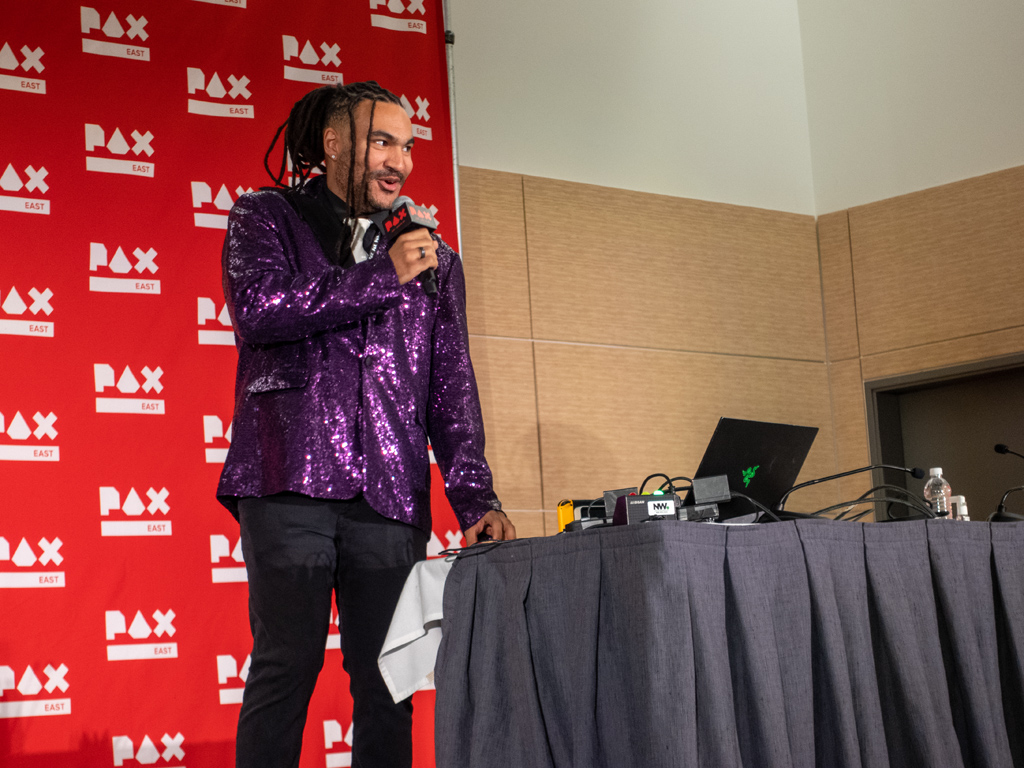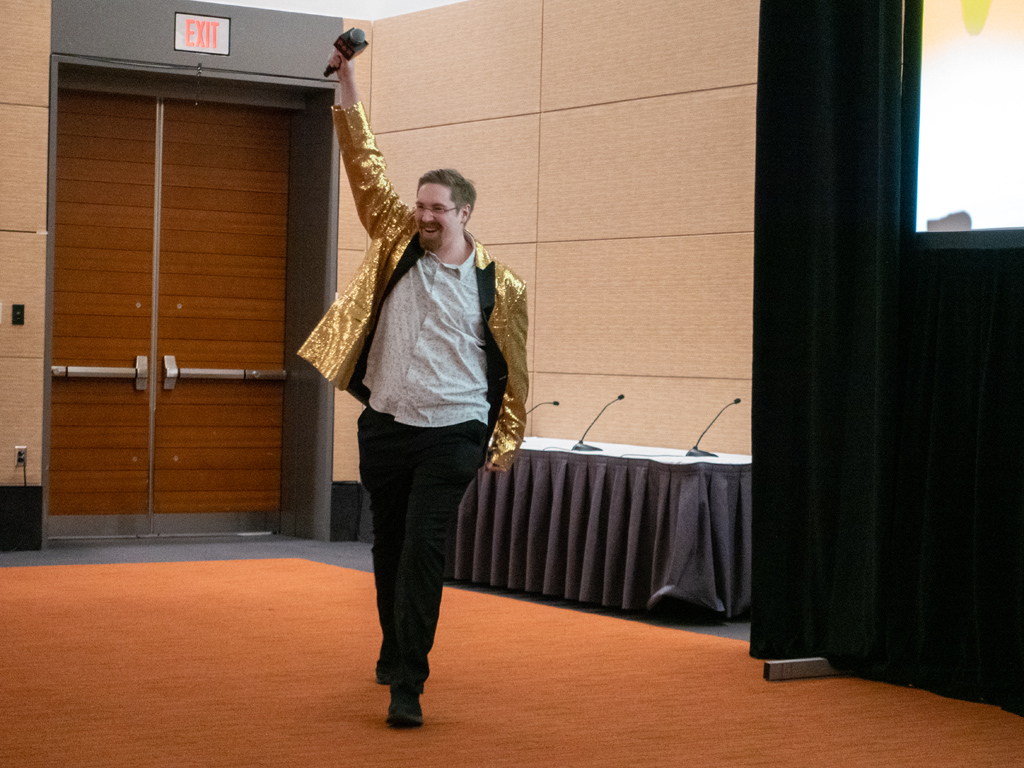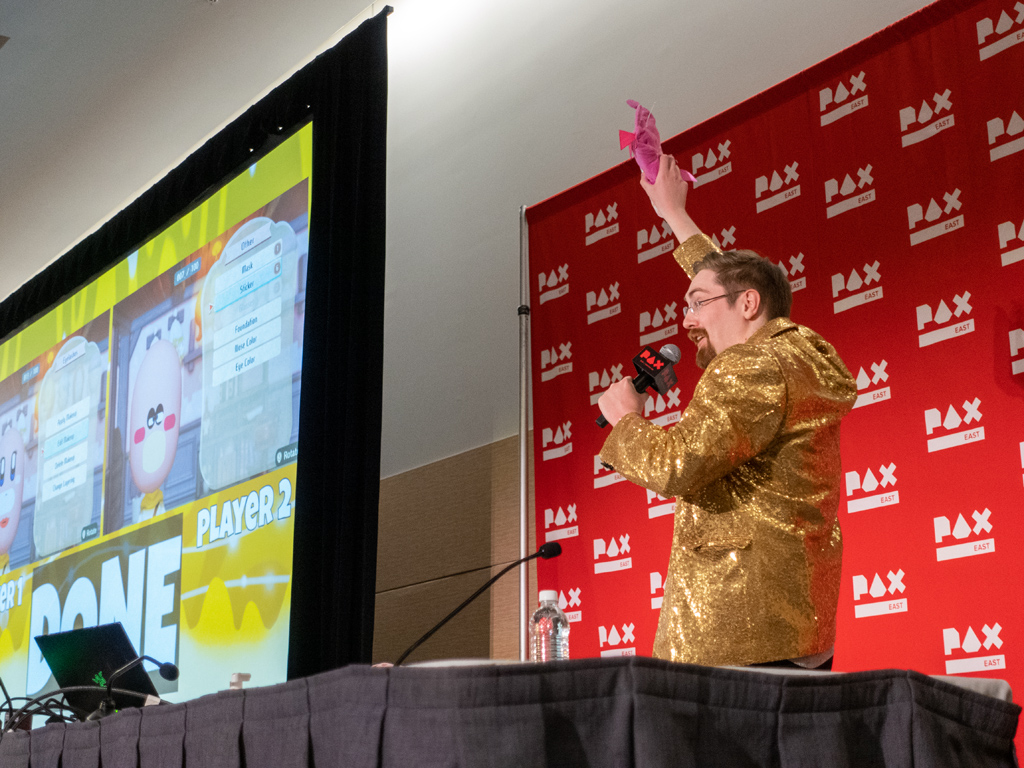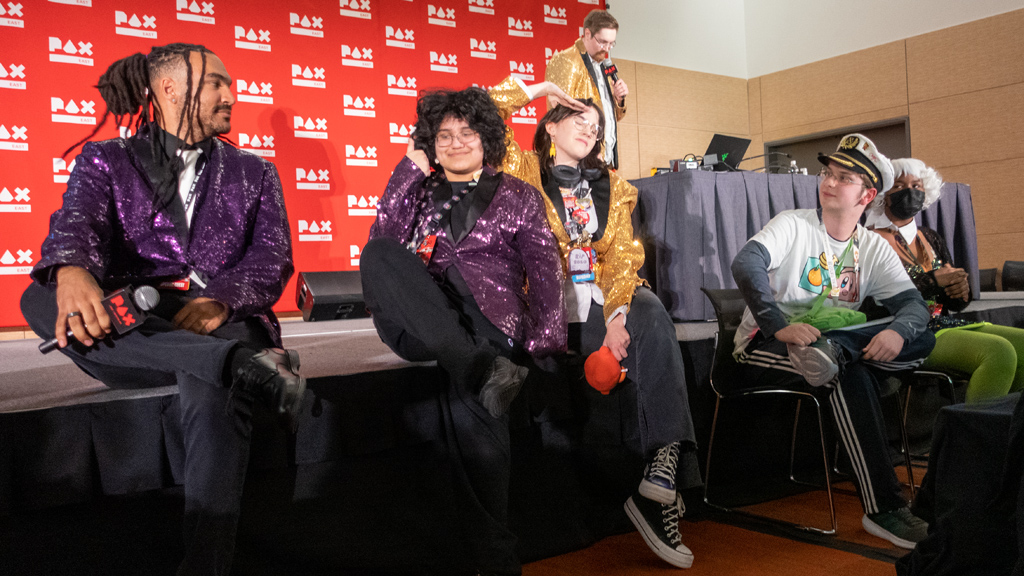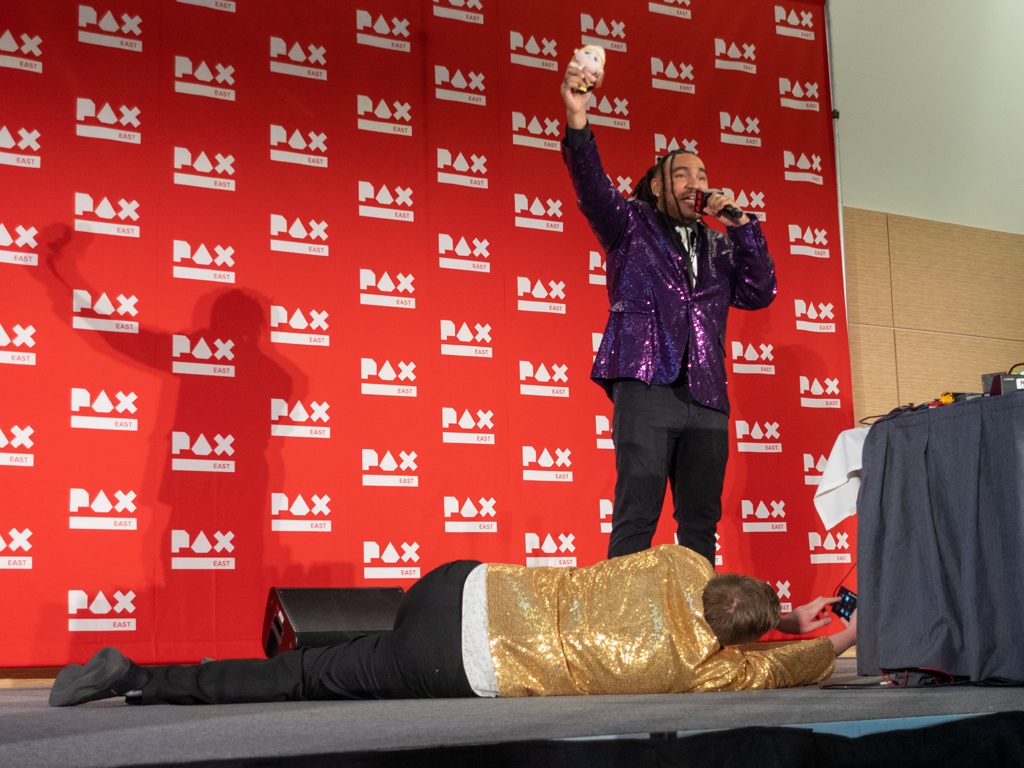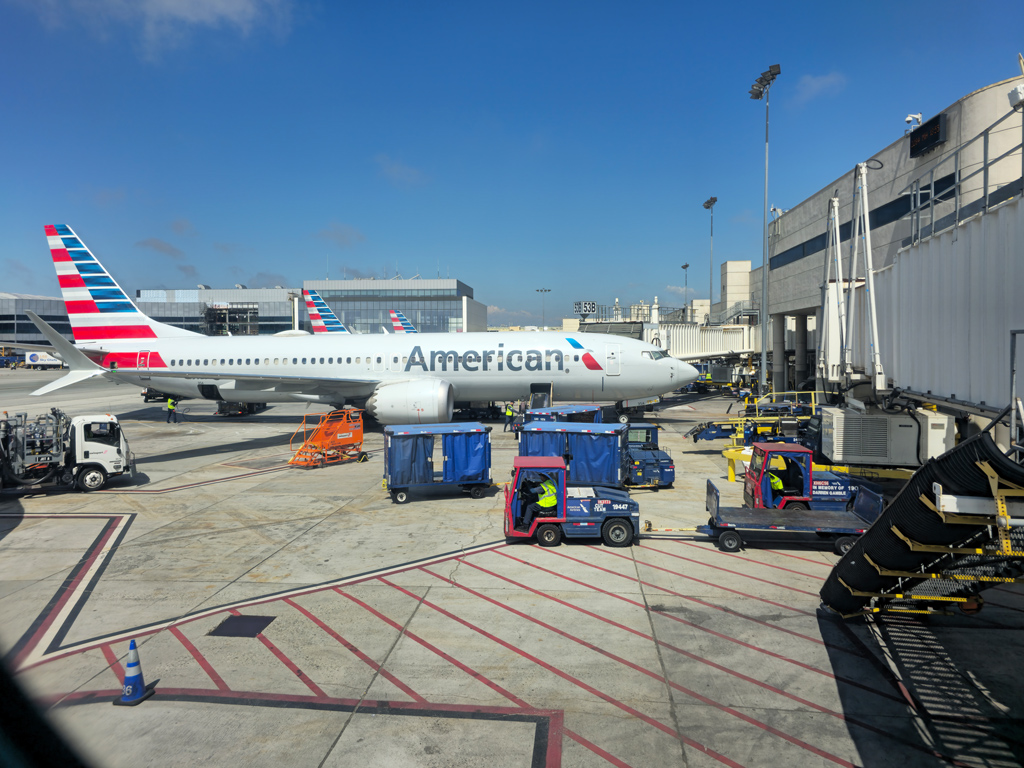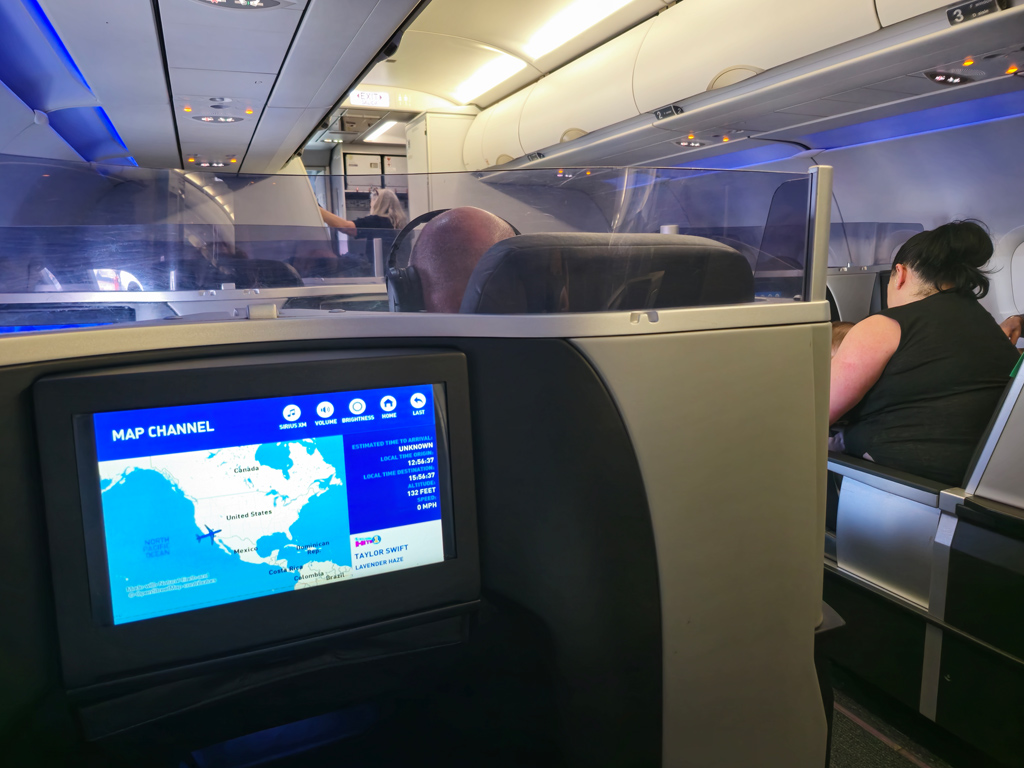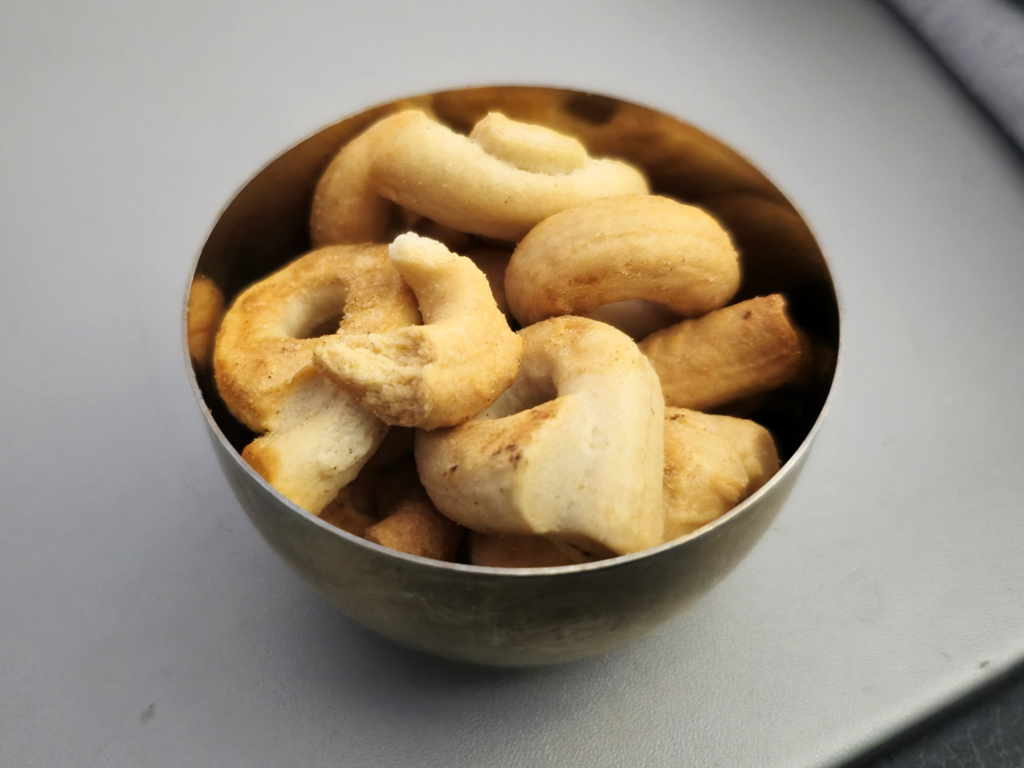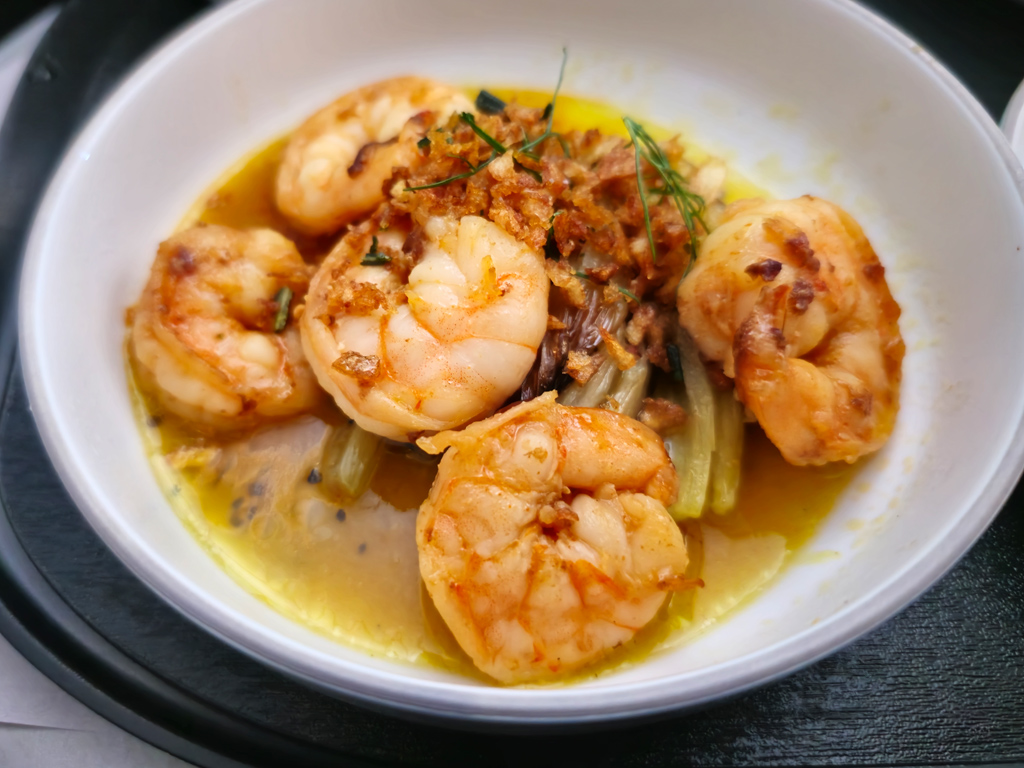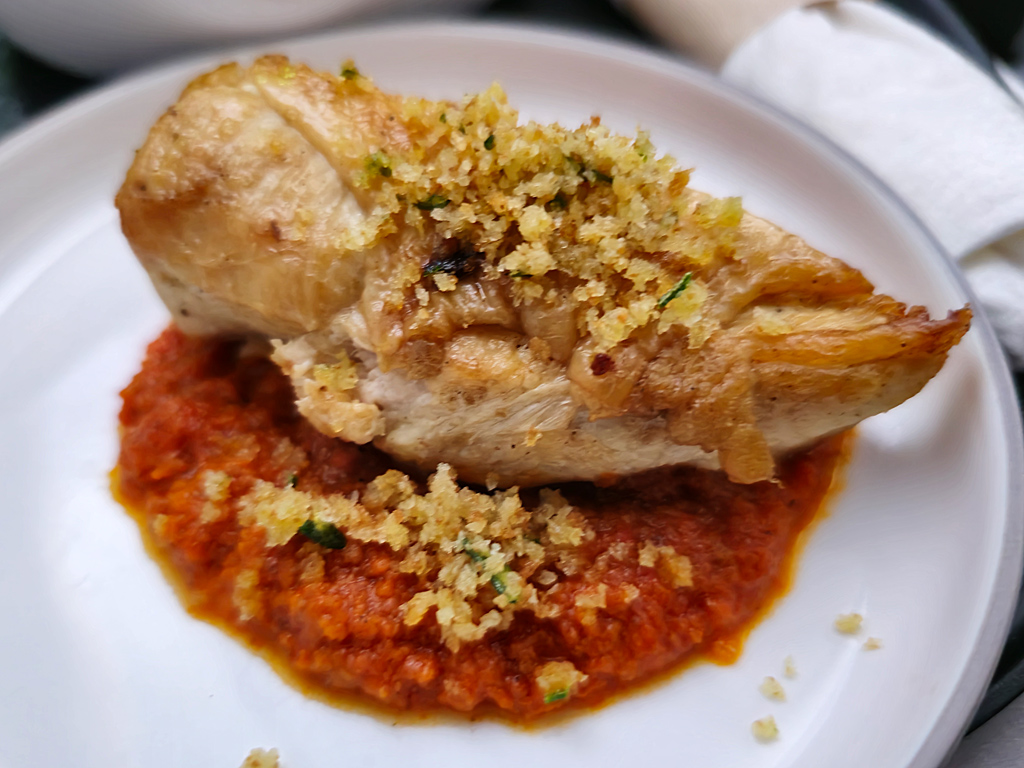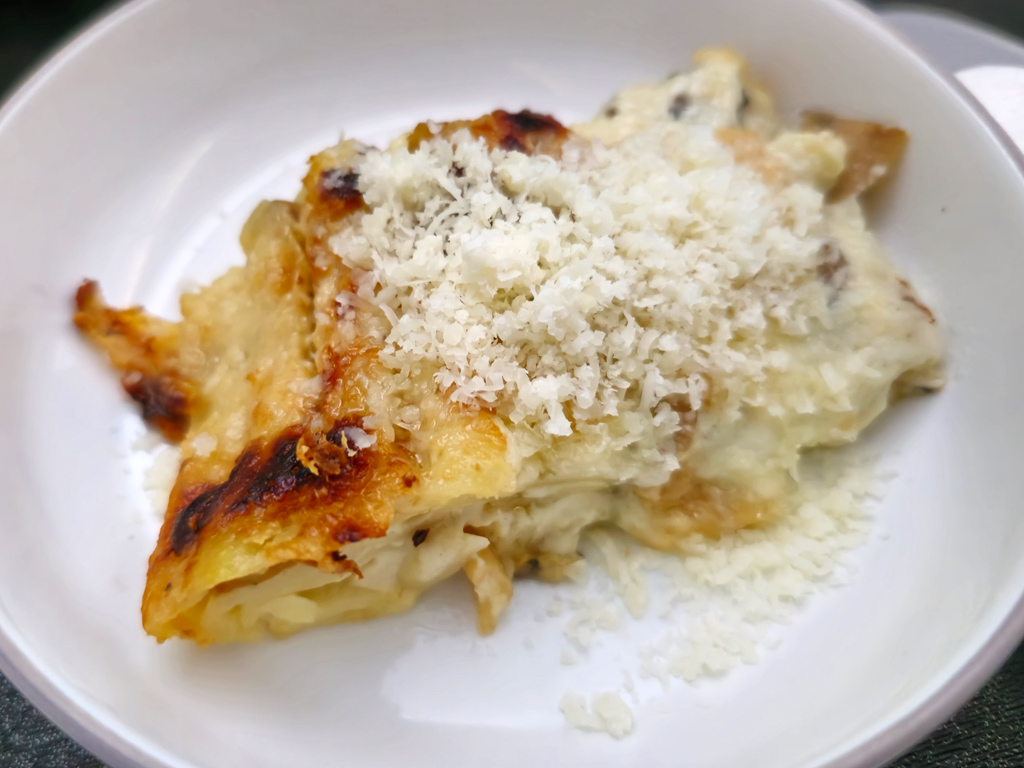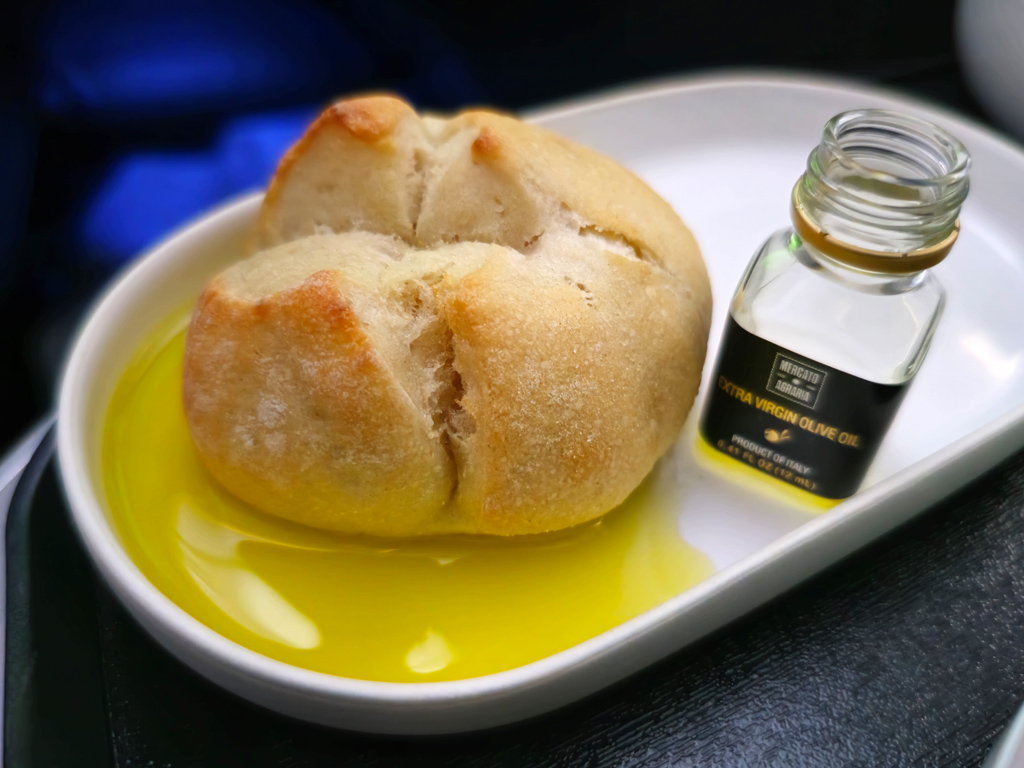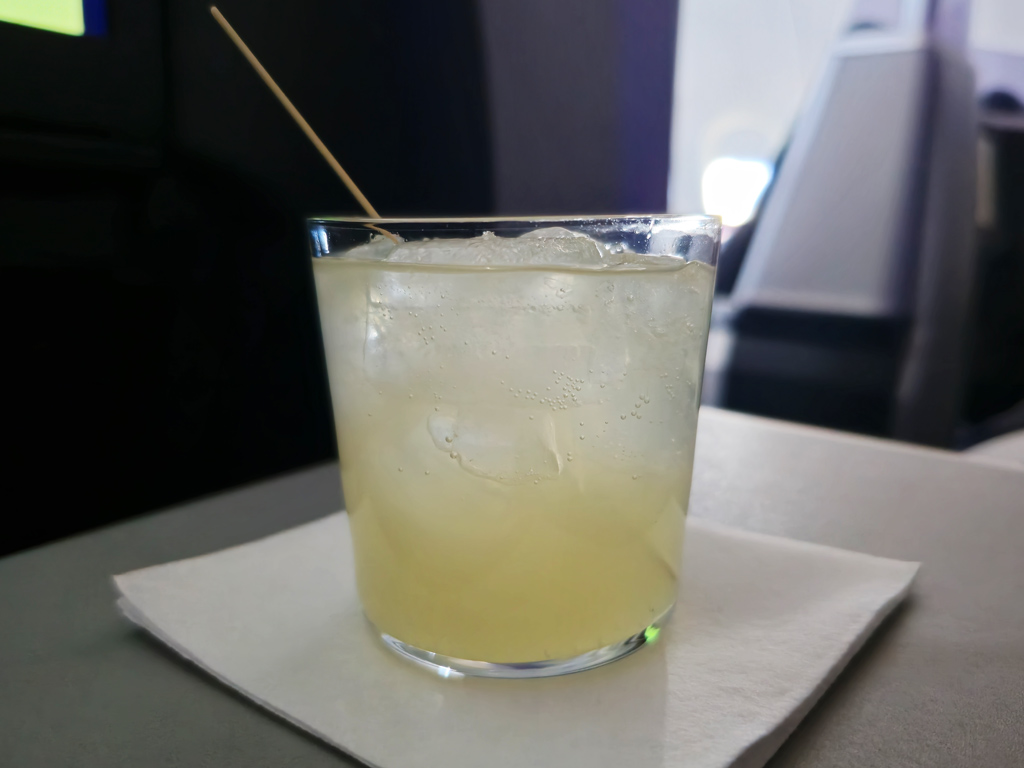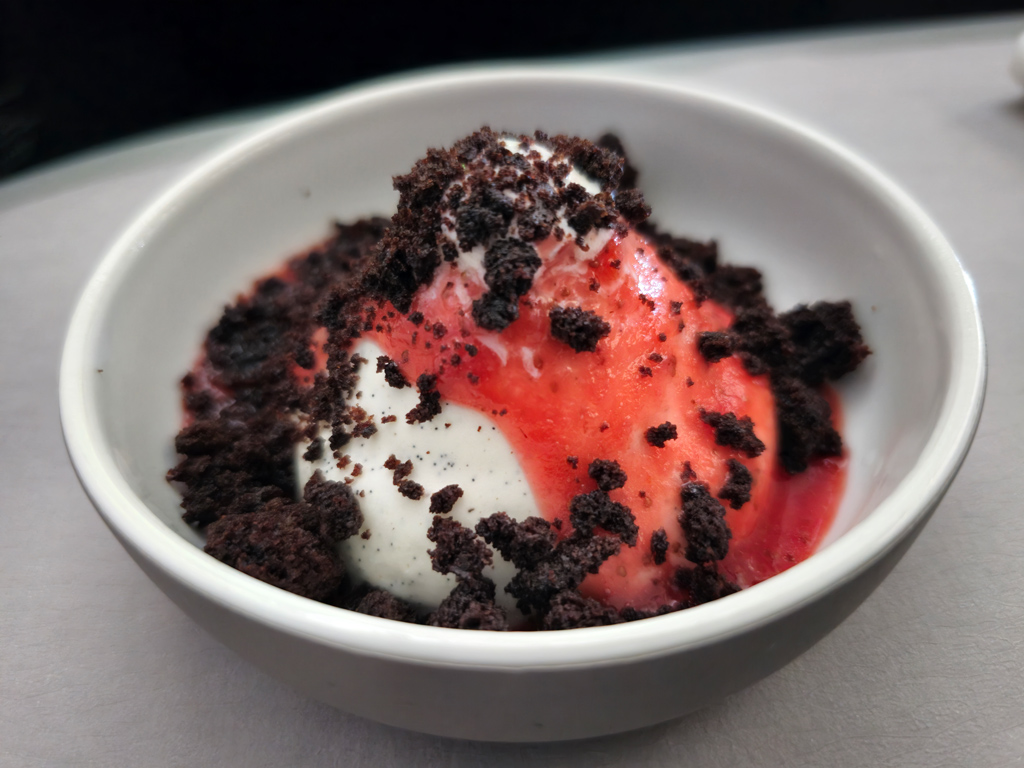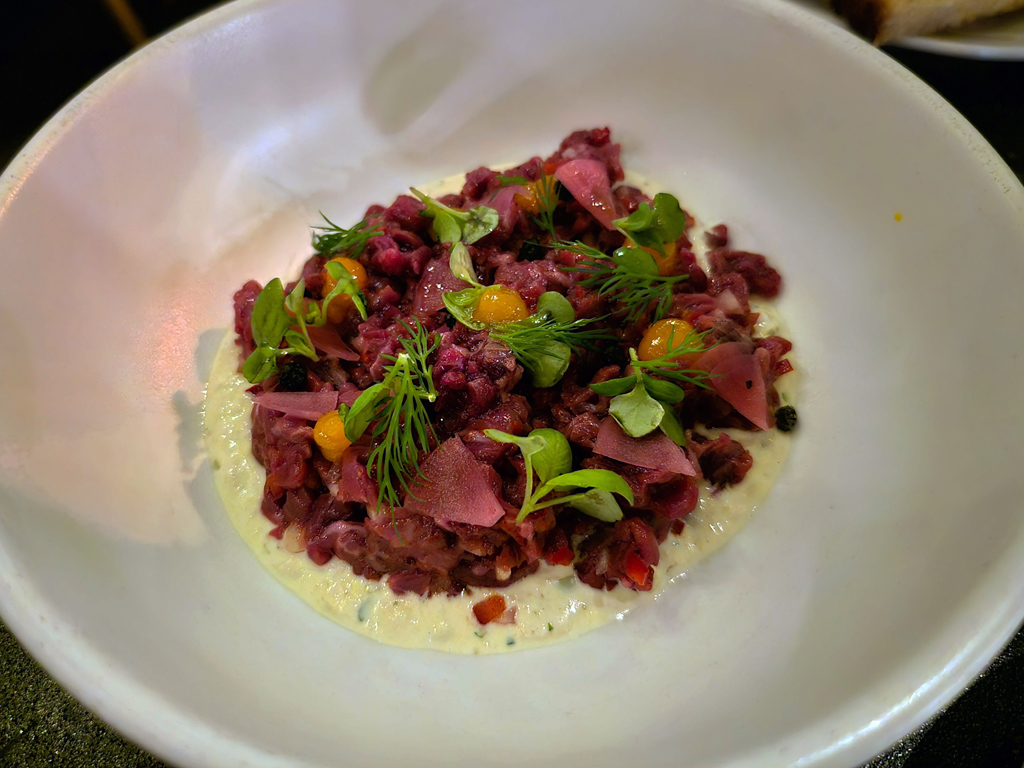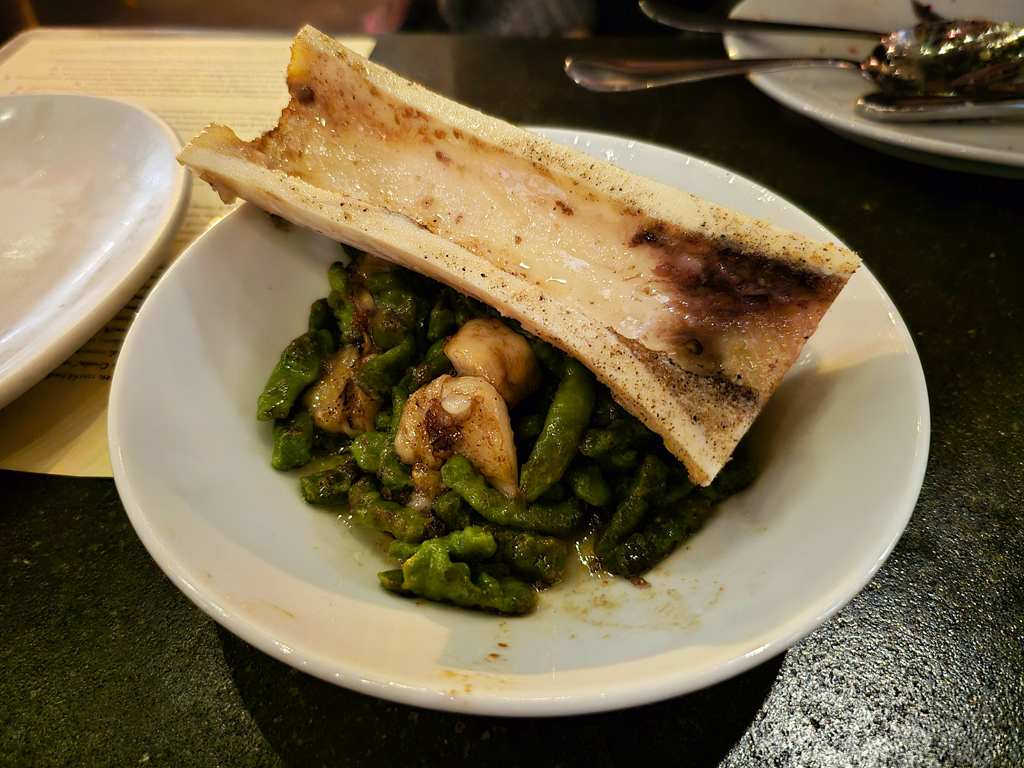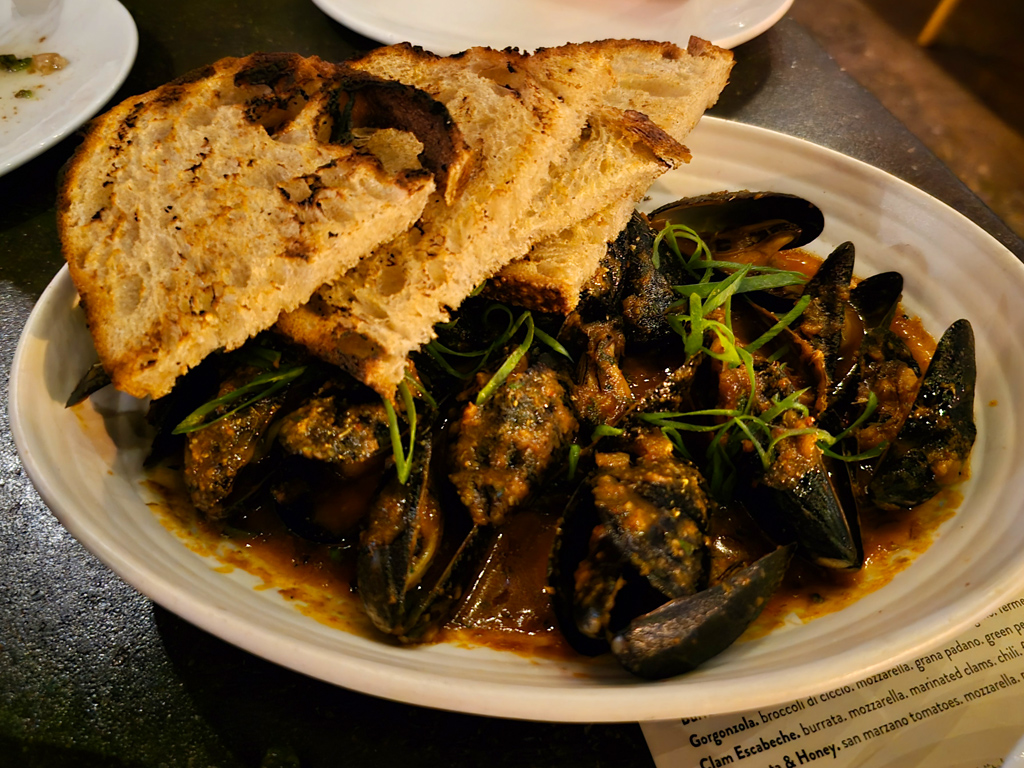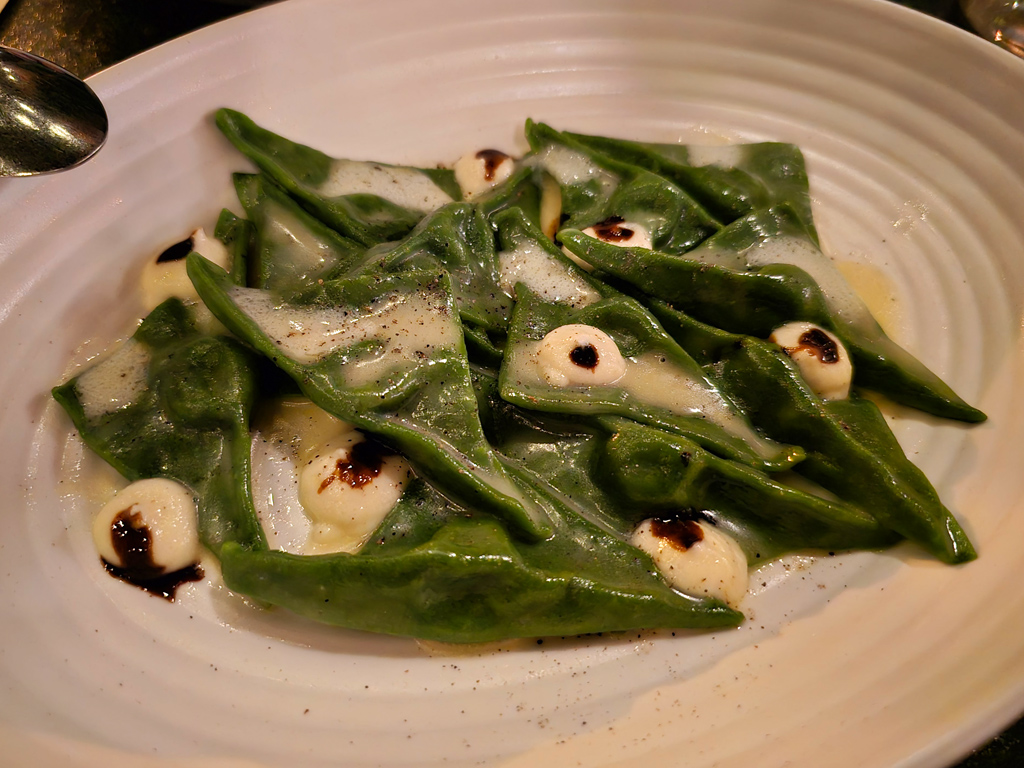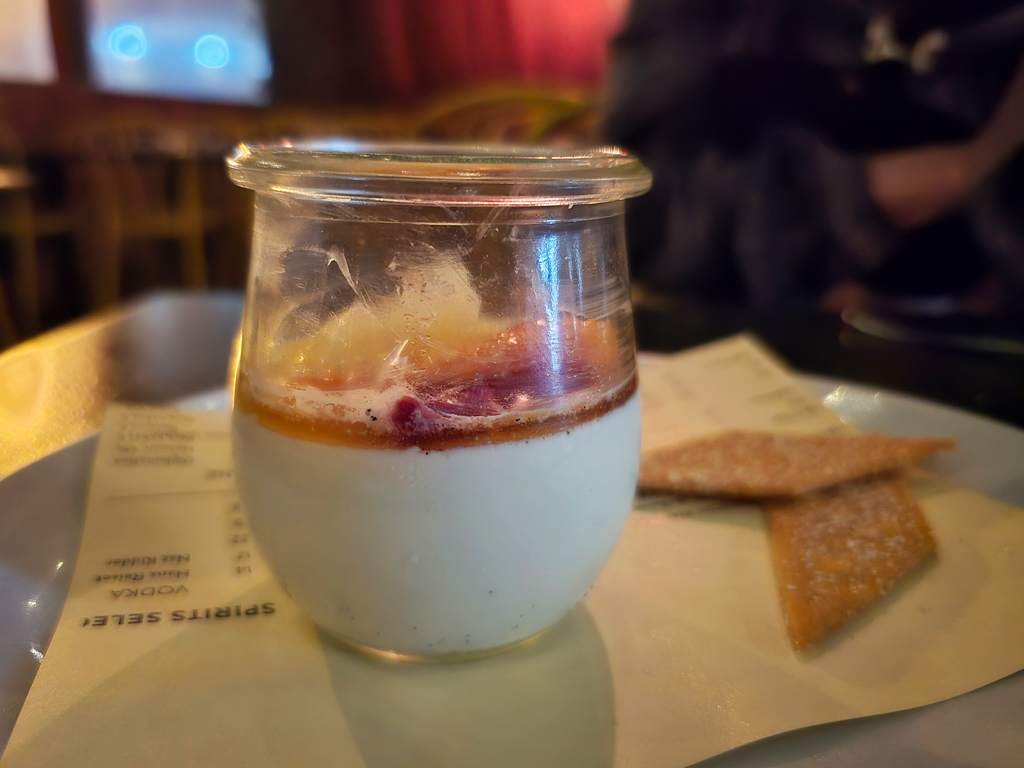If you’ve been following my website for a while, you know that I like going to high-end fine dining restaurants. I’m especially a fan of multi-course meals, tasting menus, omakase experiences, and other “chef’s choice” formats of eating.
Last night, I decided to go to one of the world’s most famous and recognizable restaurants for a six-course meal: McDonald’s.
As my appetizer, I got a four-piece Chicken McNuggets®.
I ordered this with a side of the new, limited-edition Savory Chili WcDonald’s Sauce, but unfortunately, I did not receive it with my order. This tends to happen to me irritatingly frequently with special sauces. I recall at least one instance each within the past few years of wanting to try the Szechuan, Mambo, and Sweet & Spicy Jam sauces—and going to McDonald’s and ordering Chicken McNuggets® for the sole purpose of trying those sauces—and not receiving the sauce.
The nuggets themselves were fine; the breading seemed a bit thicker than usual and tasted a bit too over-fried, but overall, it was still passable.
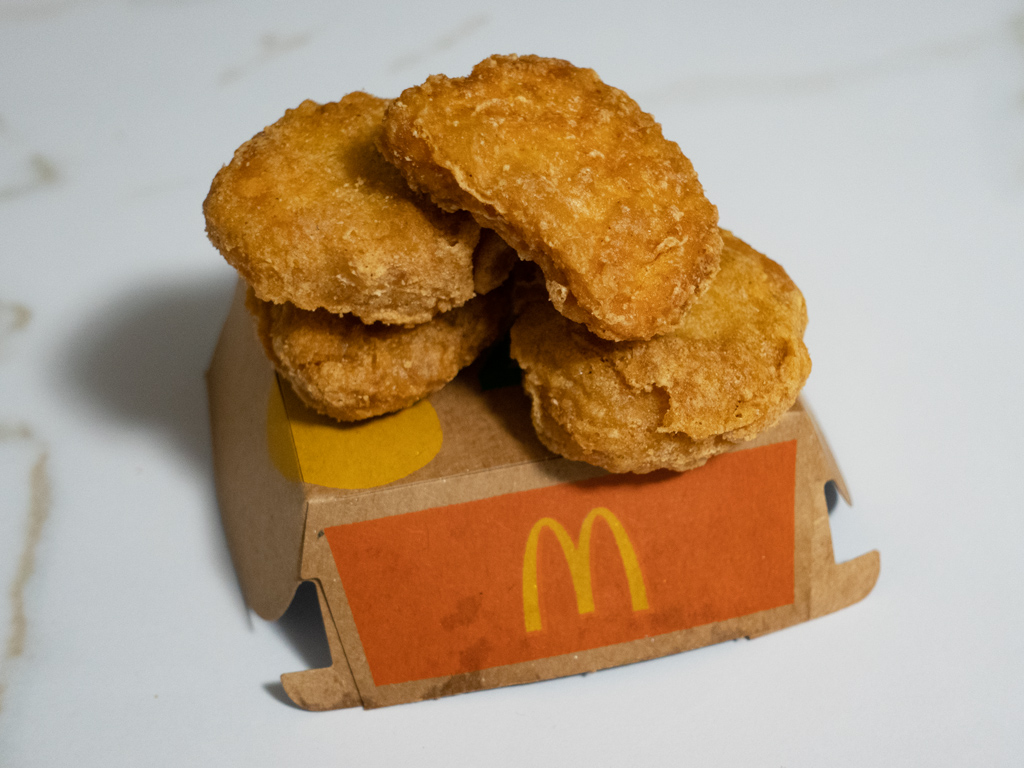
My first entrée was a Cheeseburger. I customized my Cheeseburger to also have shredded lettuce in addition to the standard ingredients.
Lately, I’ve been minimizing my consumption of red meats and other foods high saturated fat to maintain good heart health. Because of this, I decided to get a small burger, as opposed to the Quarter Pounder® with Cheese like I used to always get when I was younger.
Having not had a McDonald’s burger for a long time, having this Cheeseburger was nostalgic. It tasted about the same as I remember, and the extra lettuce added a very small but noticeable dash of extra freshness to the flavor profile.
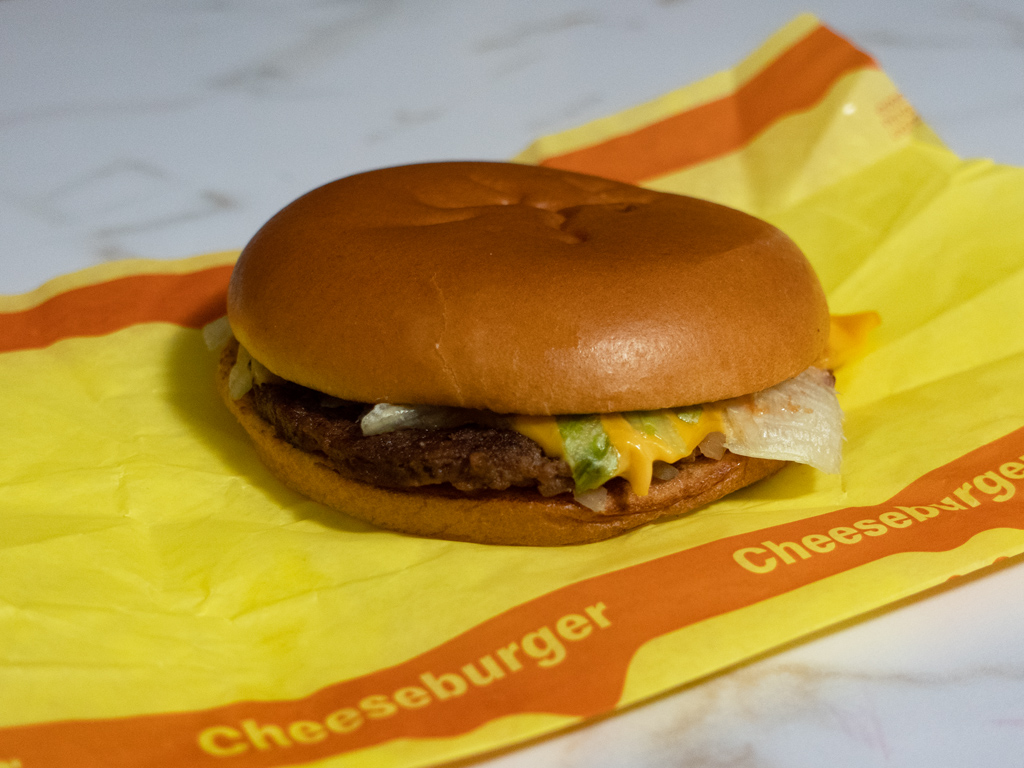
As my side for all three main courses, I got a medium-sized portion of World Famous Fries®. The ones I got were a bit more flaccid than they usually are, but they still had the distinct, iconic McDonald’s Fries taste. As dipping sauce, I got some Honey Mustard.
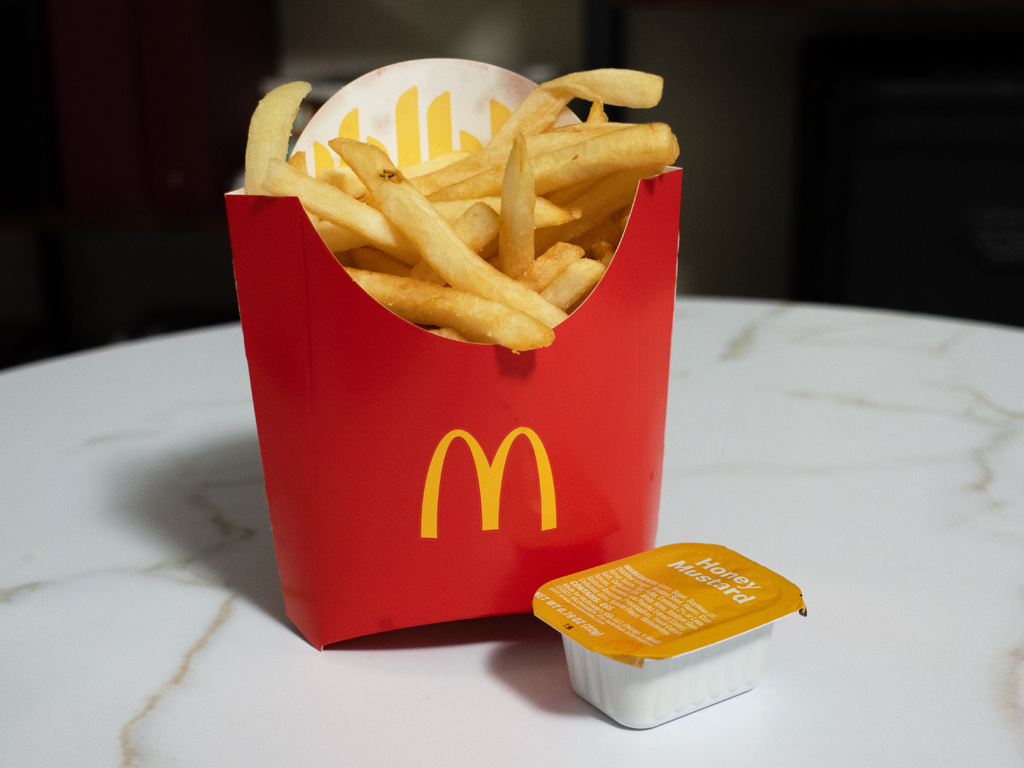
For my beverage, I got a Mango Pineapple Smoothie.
I usually don’t get sugary drinks and generally opt for a Diet Coke, but for this meal, I decided to get something special. I think the smoothie should’ve had a bit more blended ice because the consistency was a bit too close to juice, and it was overall too sweet for my preference, but flavor-wise, I liked it.

For my second entrée, I got a Filet-O-Fish® with shredded lettuce.
A lot of people don’t expect this, but the Filet-O-Fish® is actually my favorite sandwich at McDonald’s. I like fish in general, but for some reason, there is just something about the Filet-O-Fish® that I really like when it comes to the balance of flavors. I ordered it with shredded lettuce this time, but it usually doesn’t come with any lettuce; I think it tastes great both with and without the modification.
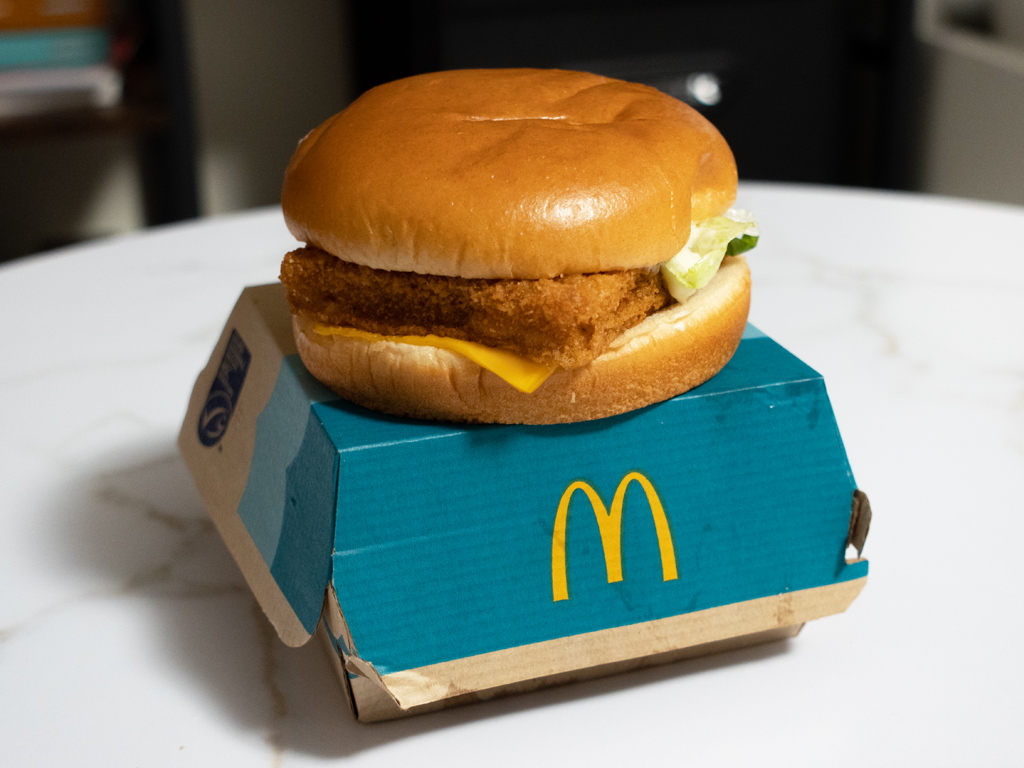
My third and final entrée was the Deluxe Spicy McCrispy™.
I think McDonald’s chicken sandwiches are generally a hit-or-miss. I think it is very easy to overcook the chicken, and I’ve found the doneness of the chicken in McDonald’s sandwiches to be fairly inconsistent. I think this is compounded by the fact that the shape and thickness of the chicken is also fairly inconsistent, so it’s pretty difficult to universalize a cooking methodology across the franchise.
To make things even worse for McDonald’s, a lot of fast food restaurants have come out with some incredible, juicy chicken sandwiches with very unique flavors after the chicken sandwich wars that started in 2019. I eat a lot of chicken sandwiches, and comparatively, I find McDonald’s to be mediocre.
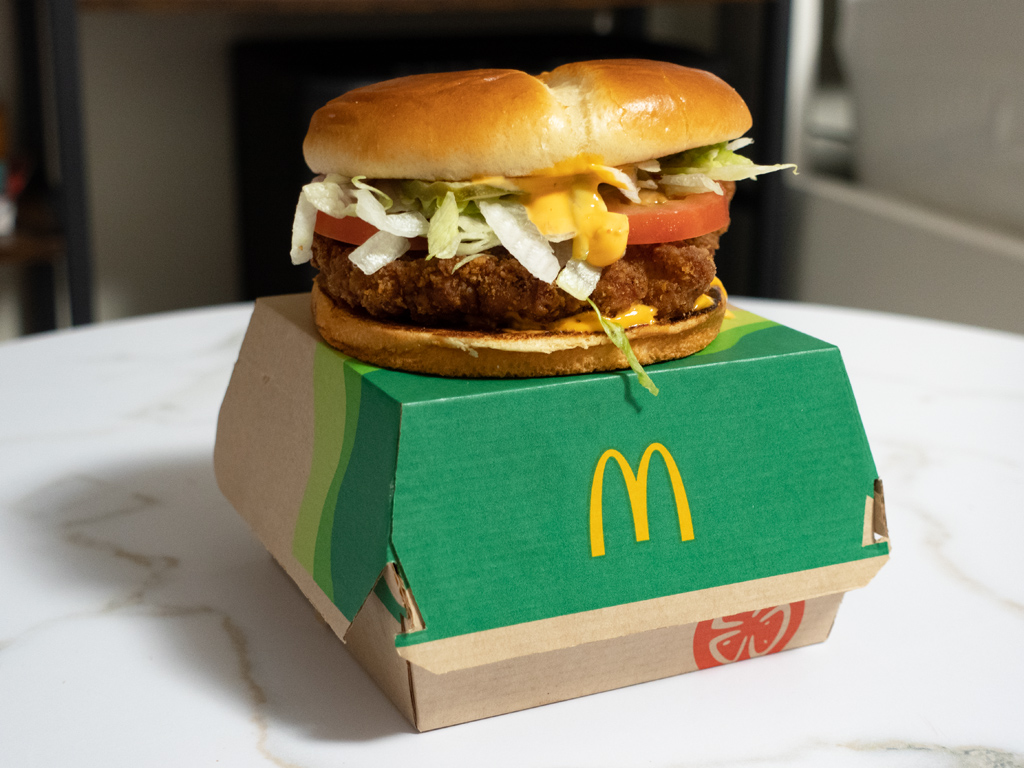
Before dessert, I used the provided napkins to clean my hands.
I like McDonald’s napkins for two main reasons. First, the fold makes it easy to use the inside to wipe your mouth and feel like you’re using a “cleaner” part of the napkin that hasn’t been exposed to its surroundings. Second, the brown color makes grease show up very obviously, so as you wipe down your fingers, you get the satisfaction of seeing how much progress you’re making.
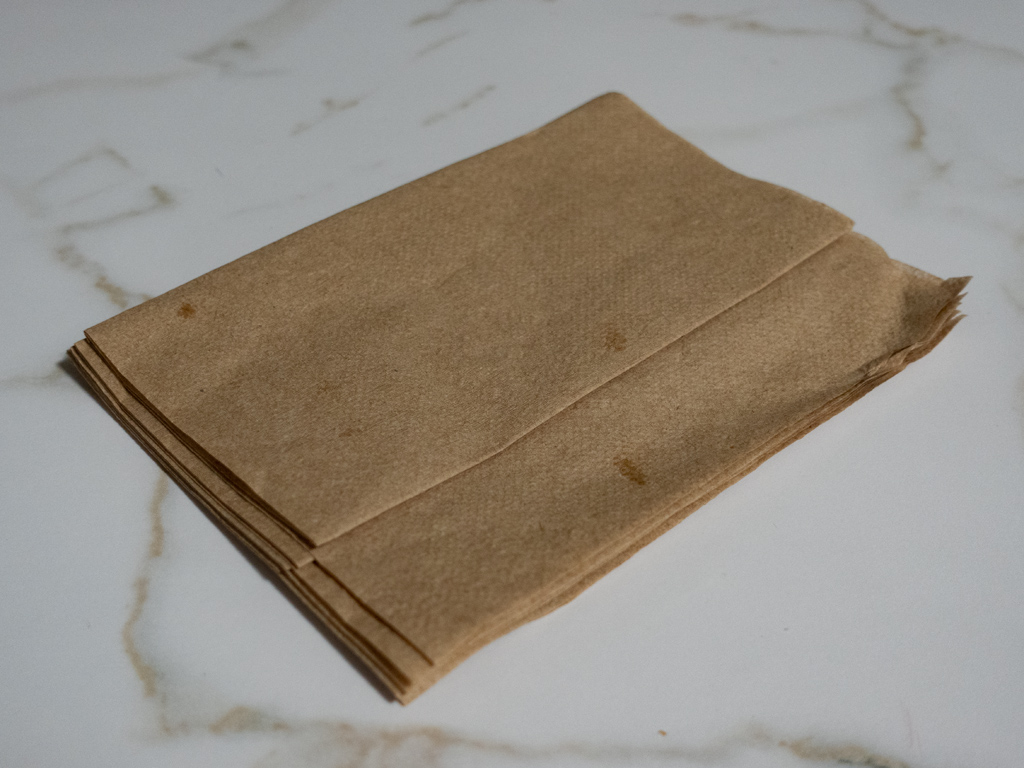
For dessert, I got a McCafé® Baked Apple Pie.
I used to eat a lot of these when I was a kid. Every time my parents and I went to McDonald’s, they would always add in an apple pie as dessert. For some reason, I stopped having these as an adult, but I was looking forward to trying this again for the nostalgia.
Unfortunately, this apple pie didn’t quite meet the quality bar I was hoping for. The outside was overbaked and too crispy. The caramelized apple filling inside was dehydrated. The crust was too firm. Instead of tasting like a sweet apple pie, it just tasted sweet, with the apple being an afterthought. Overall, this was pretty disappointing, though I imagine there is a possibility that this particular pie was prepared erroneously and I just got unlucky.
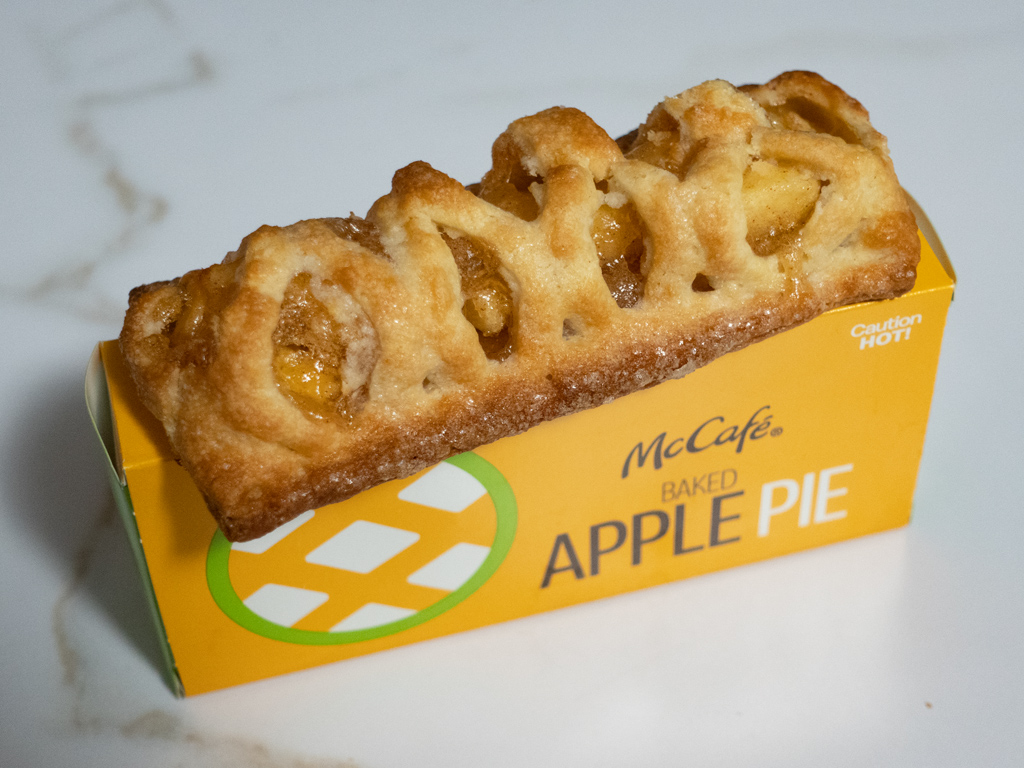
And finally, for my second dessert and my sixth and last course of the meal, I got an OREO® Shamrock McFlurry®.
This tasted a little bit like unmixed mint chocolate chip ice cream, but with a distinctly more artificial flavor. It was also extremely sweet. This is probably fine for someone who actually likes the taste of the Shamrock syrup, but personally, I recommend just getting a Vanilla Soft Serve Cone for a much cleaner and classic flavor.

| 4-piece Chicken McNuggets® | $ 2.99 |
| Cheeseburger | $ 2.29 |
| Filet-O-Fish® | $ 4.99 |
| Deluxe Spicy McCrispy™ | $ 6.29 |
| Medium French Fries | $ 3.89 |
| Honey Mustard | $ 0.00 |
| Medium Mango Pineapple Smoothie | $ 4.39 |
| Apple Pie | $ 2.19 |
| OREO® Shamrock McFlurry® | $ 4.29 |
| Discount (20%) | –$ 6.26 |
| Tax (10.25%) | $ 2.57 |
| Total | $ 27.63 |
The table on the right shows how much I paid.
I used a promotion on the McDonald’s mobile app to get a 20% discount on my entire order. That deal often doesn’t give the most value on smaller orders and I usually end up using a different one, but considering the large size of my six-course meal this time around, it actually took a good chunk off my total.
You may find that the prices I paid at this McDonald’s are higher than what you’d find at your local McDonald’s. Keep in mind that costs are localized, and because I dined at a Southern California location, I probably paid some of the highest prices in the United States for my meal. Even when eating at McDonald’s in my home city of Las Vegas, it ends up being substantially cheaper.
Even though my experience with this McDonald’s wasn’t the best for all the dishes, the staples that I usually order—the Filet-O-Fish® and World Famous Fries®—were good. I actually like McDonald’s, not only for my preferred menu items, but because of the familiarity and feeling of “home” that seeing the Golden Arches gives, no matter how far away from your actual home you are.
Also, happy April Fool’s Day.
